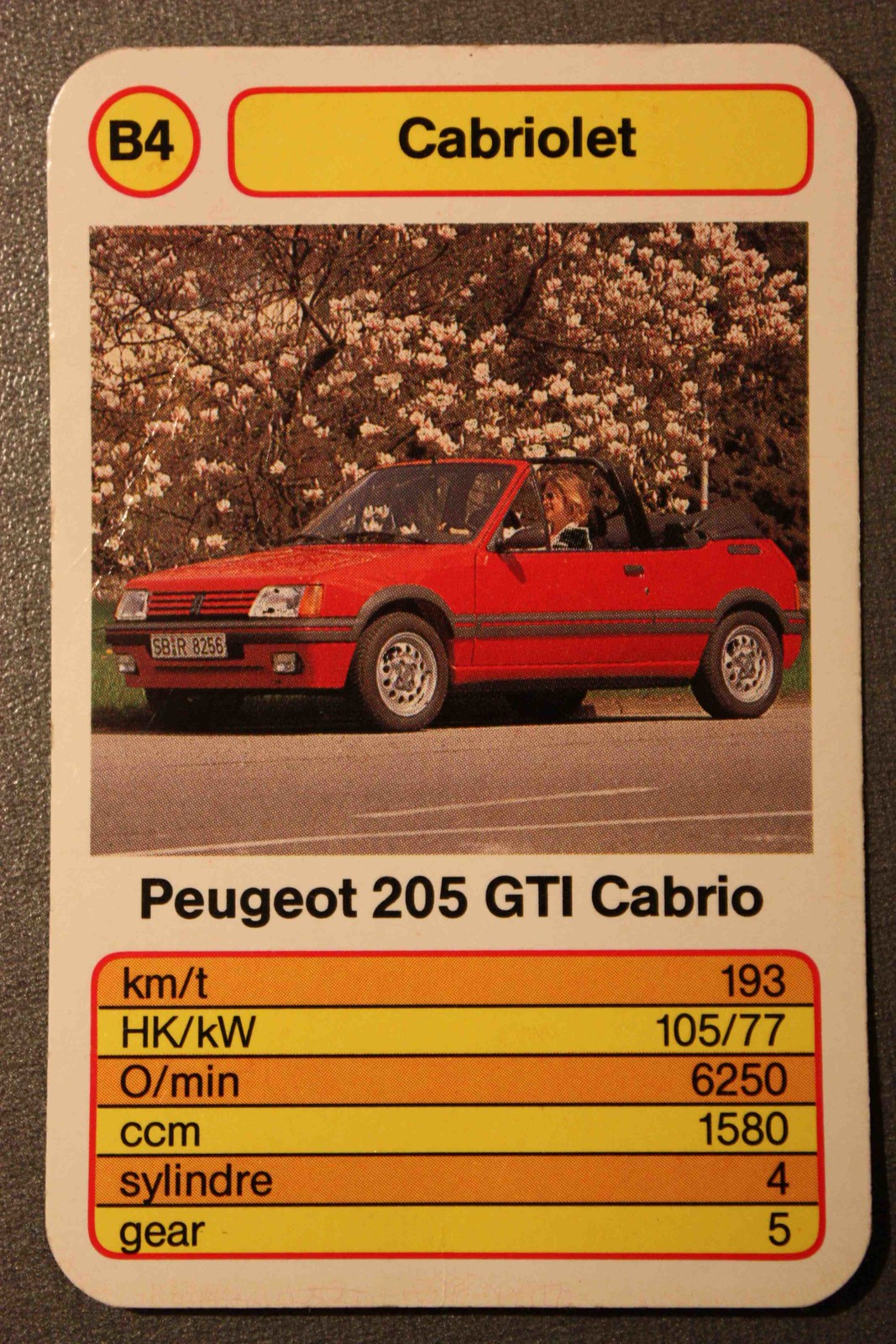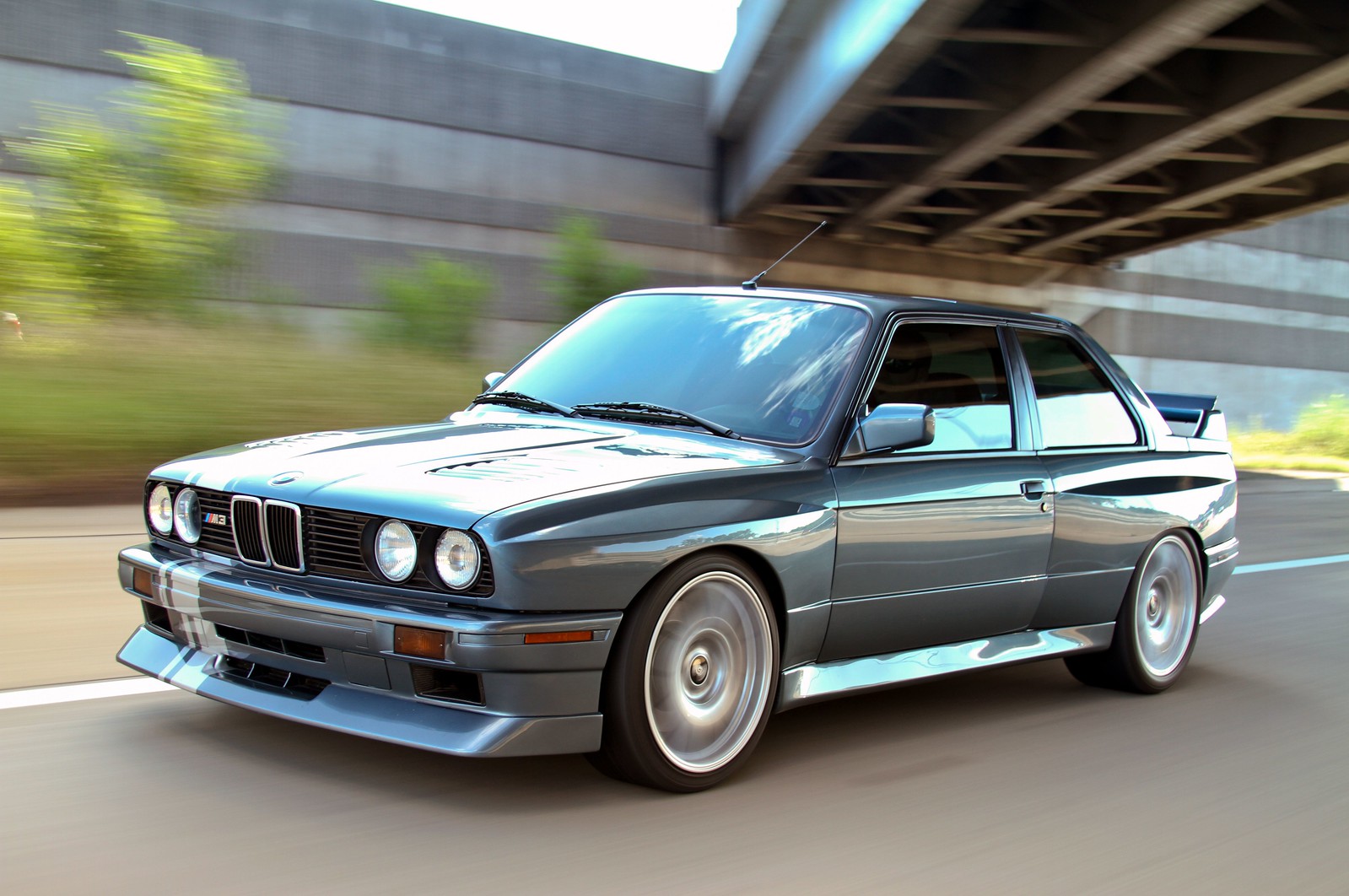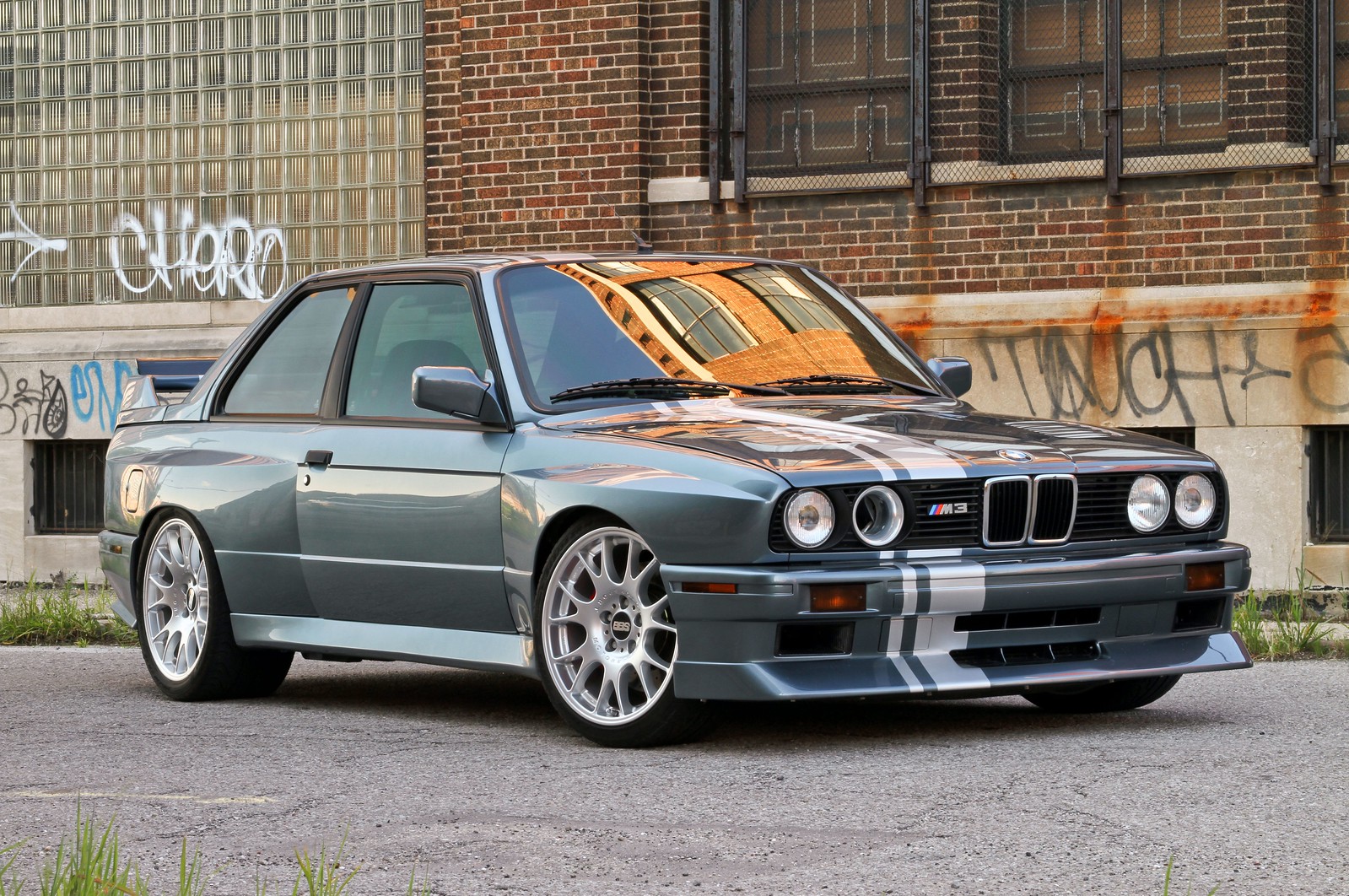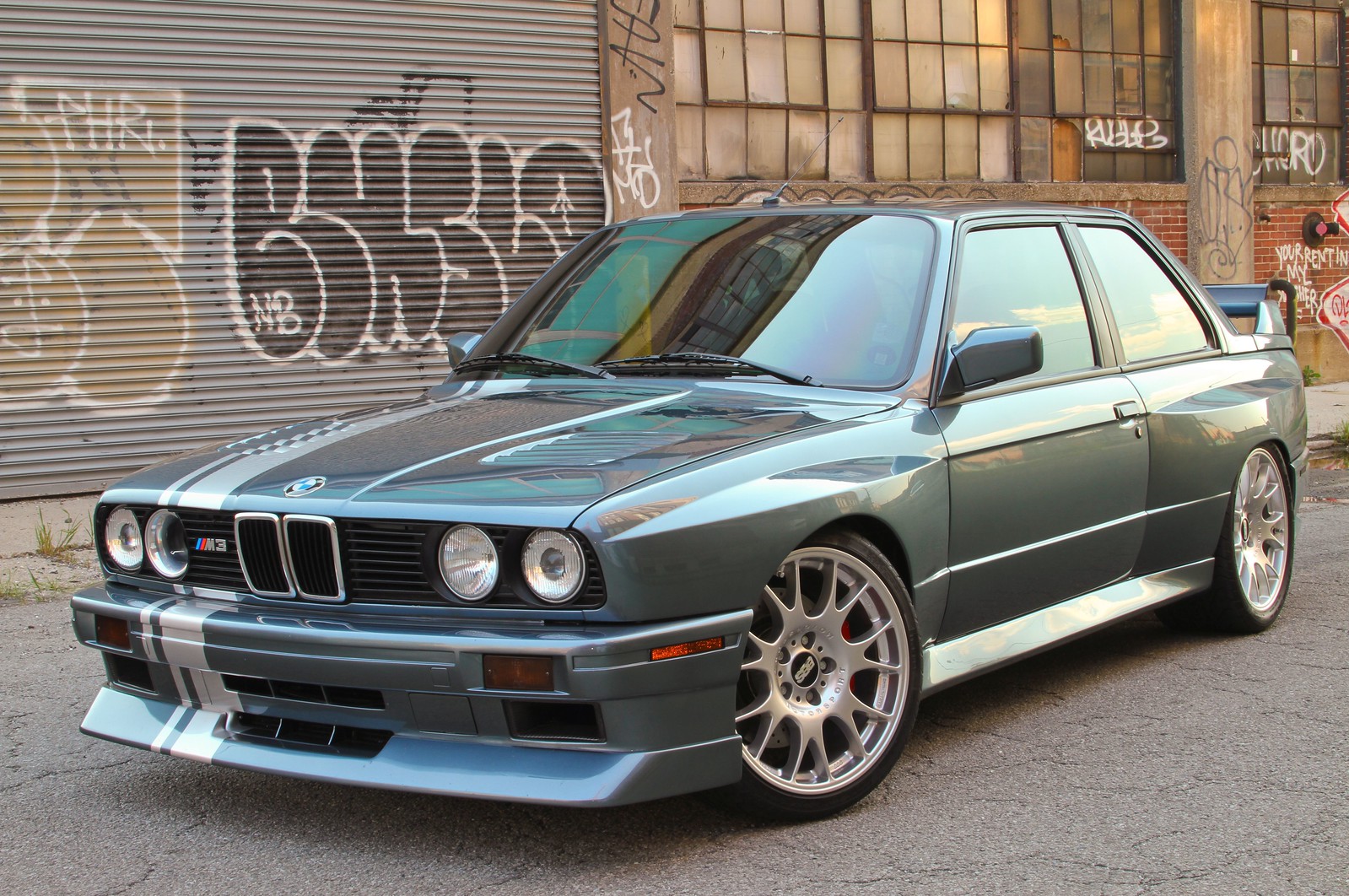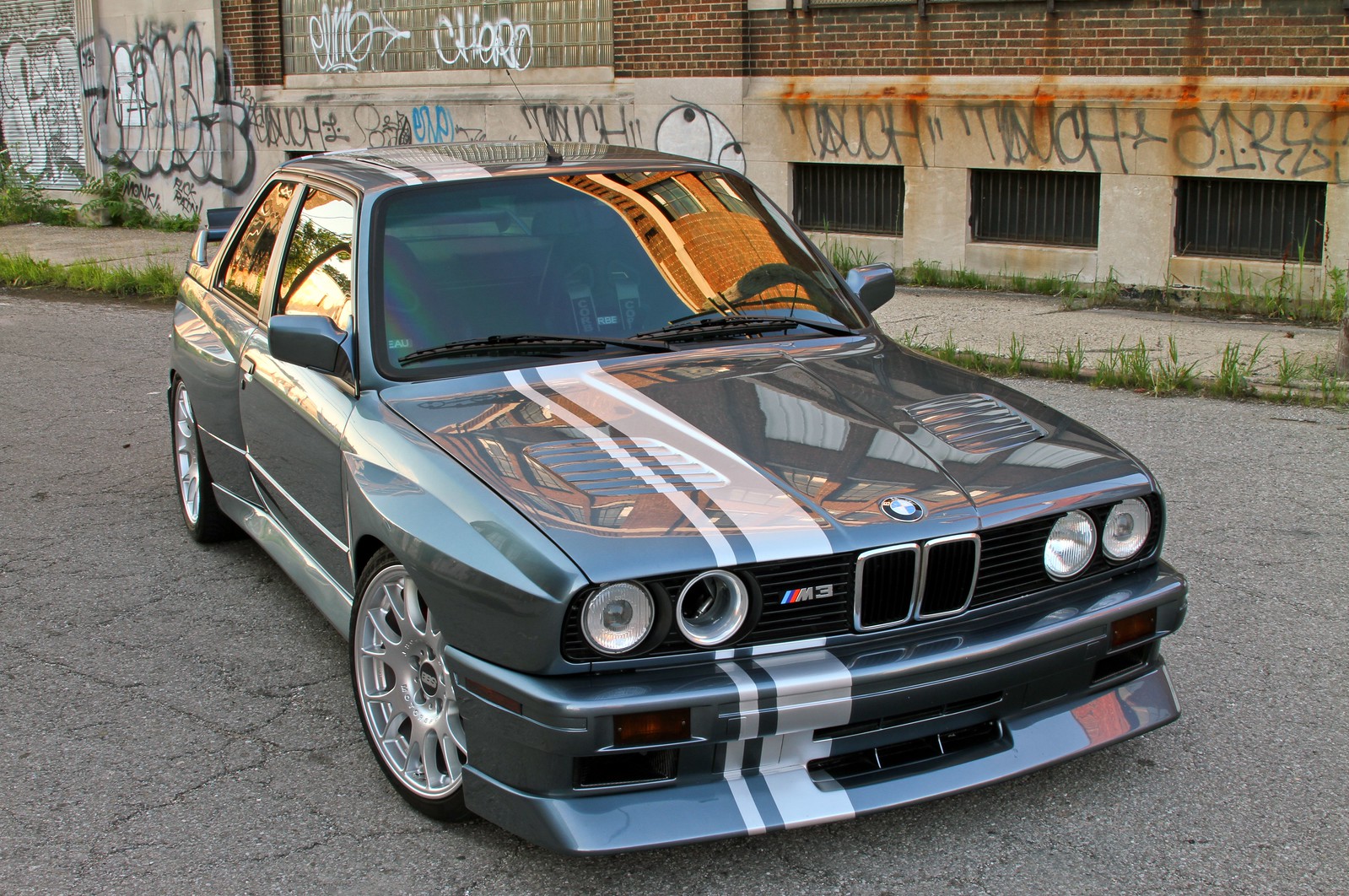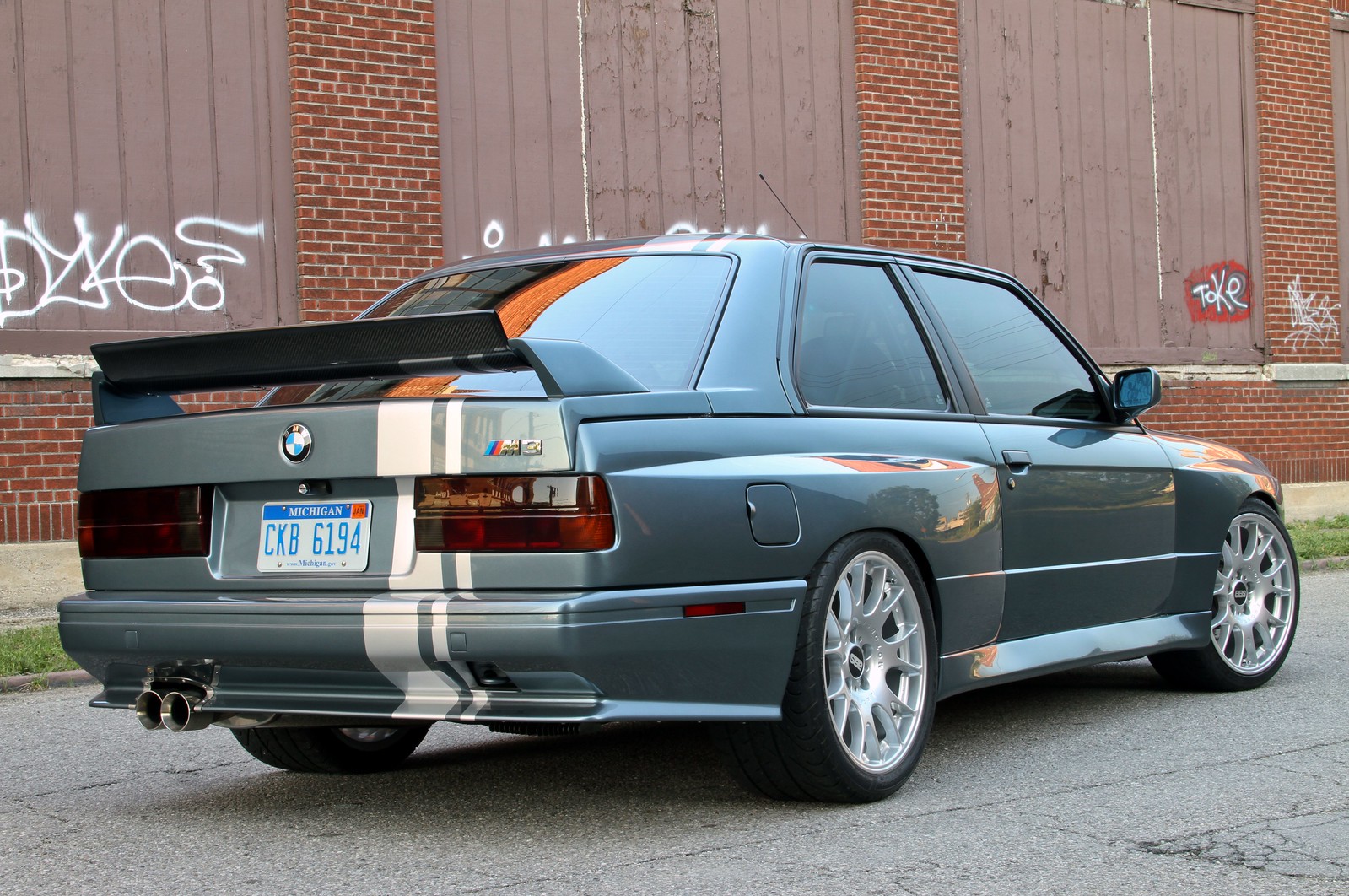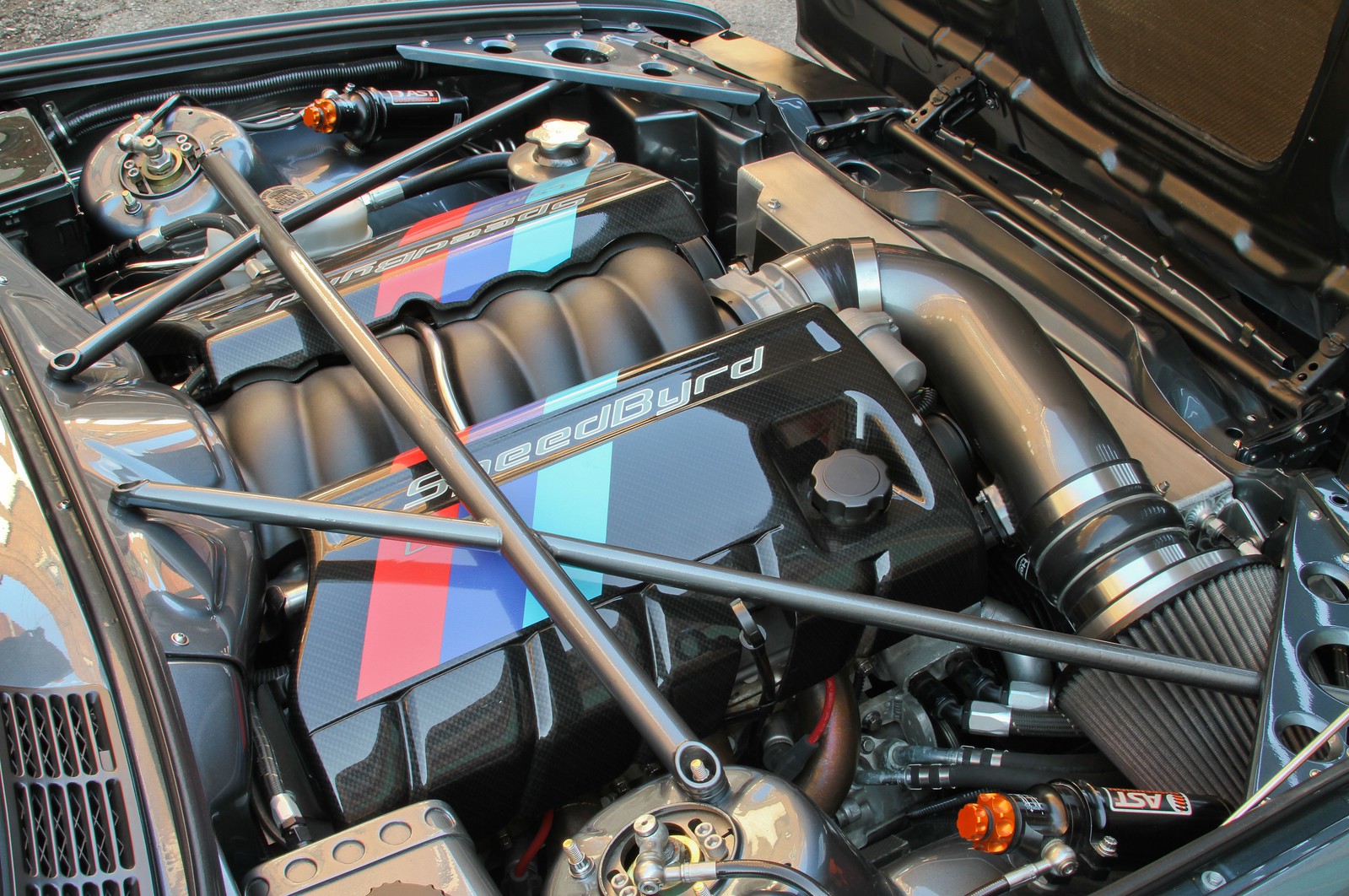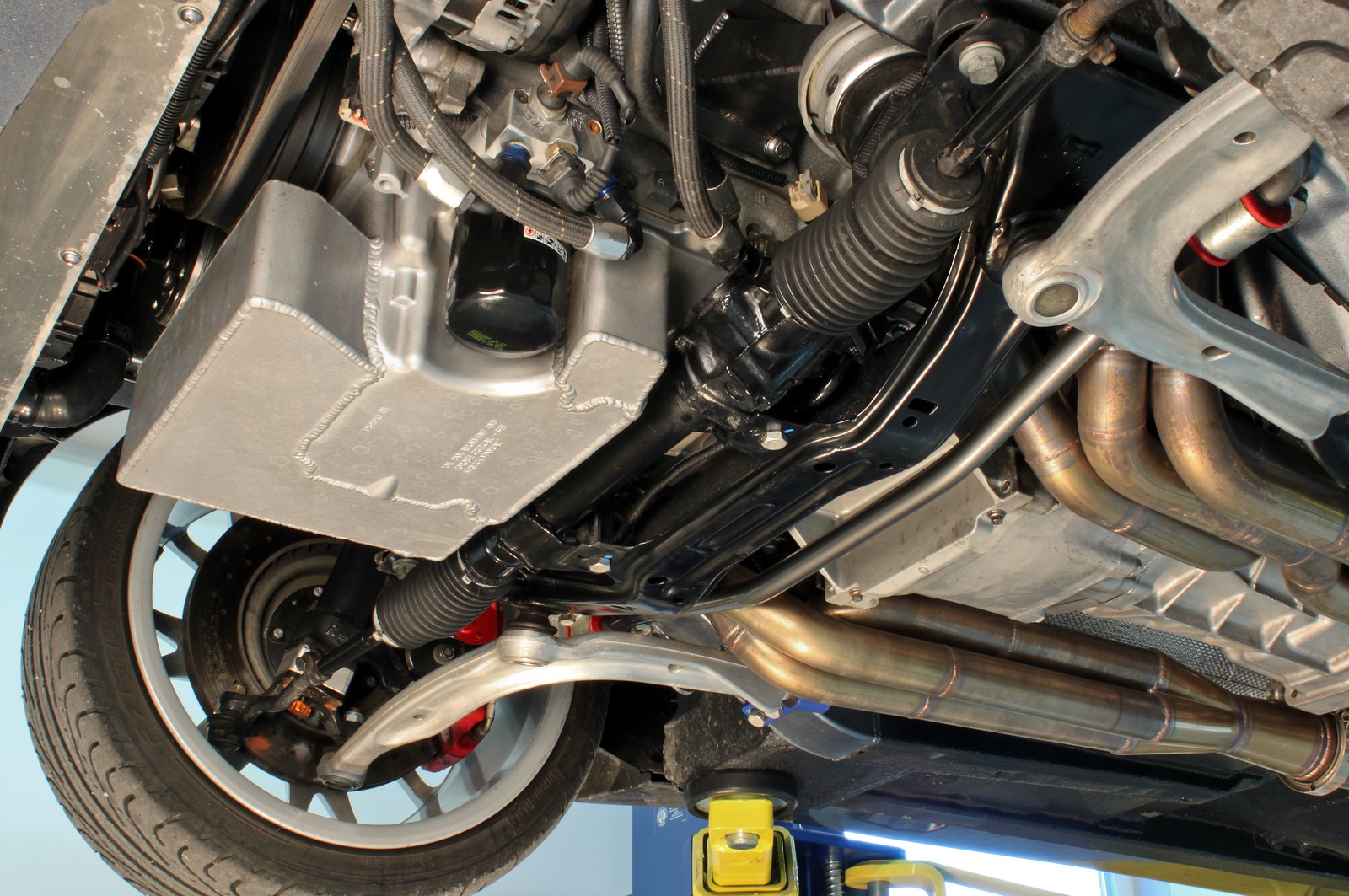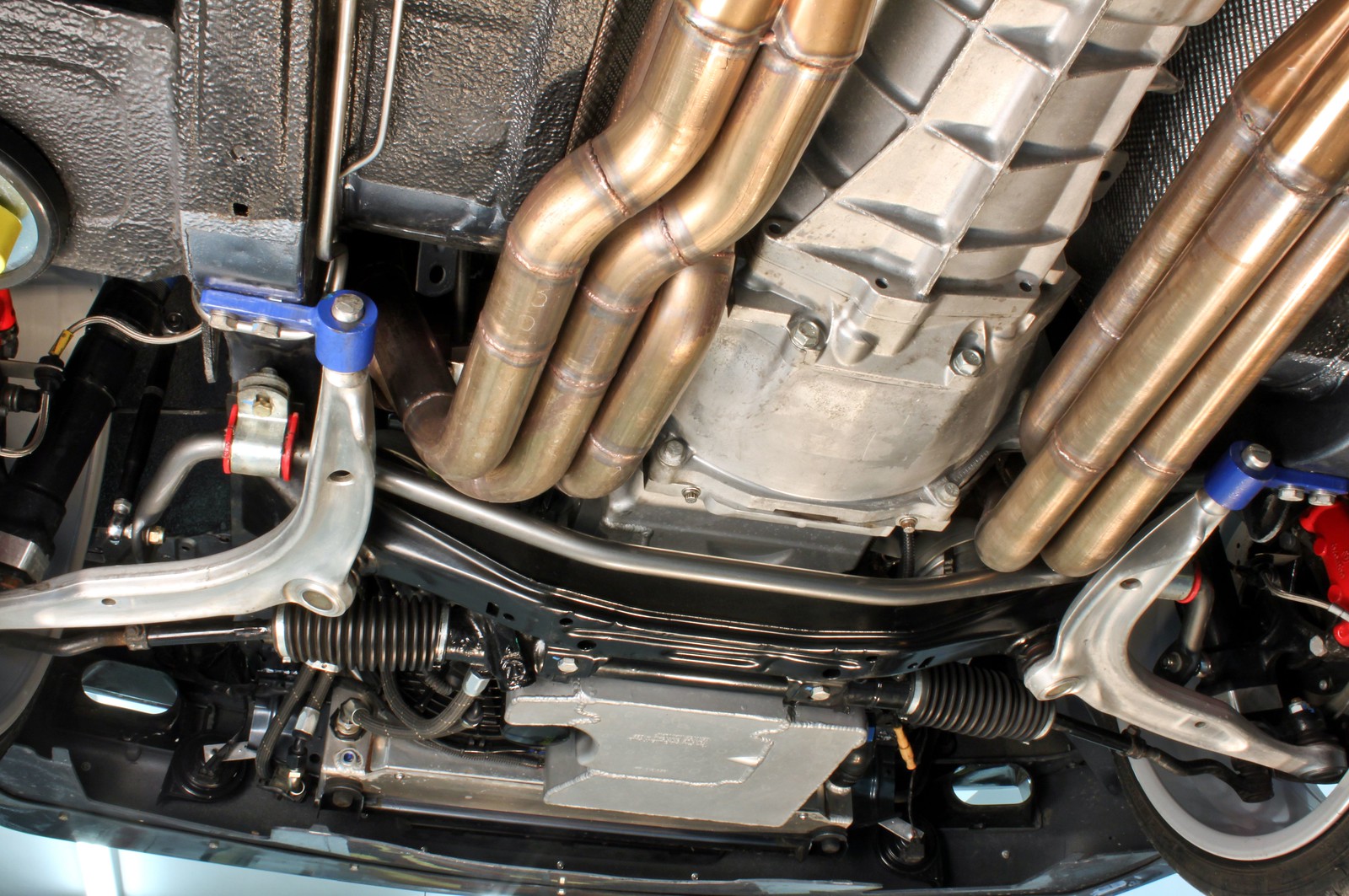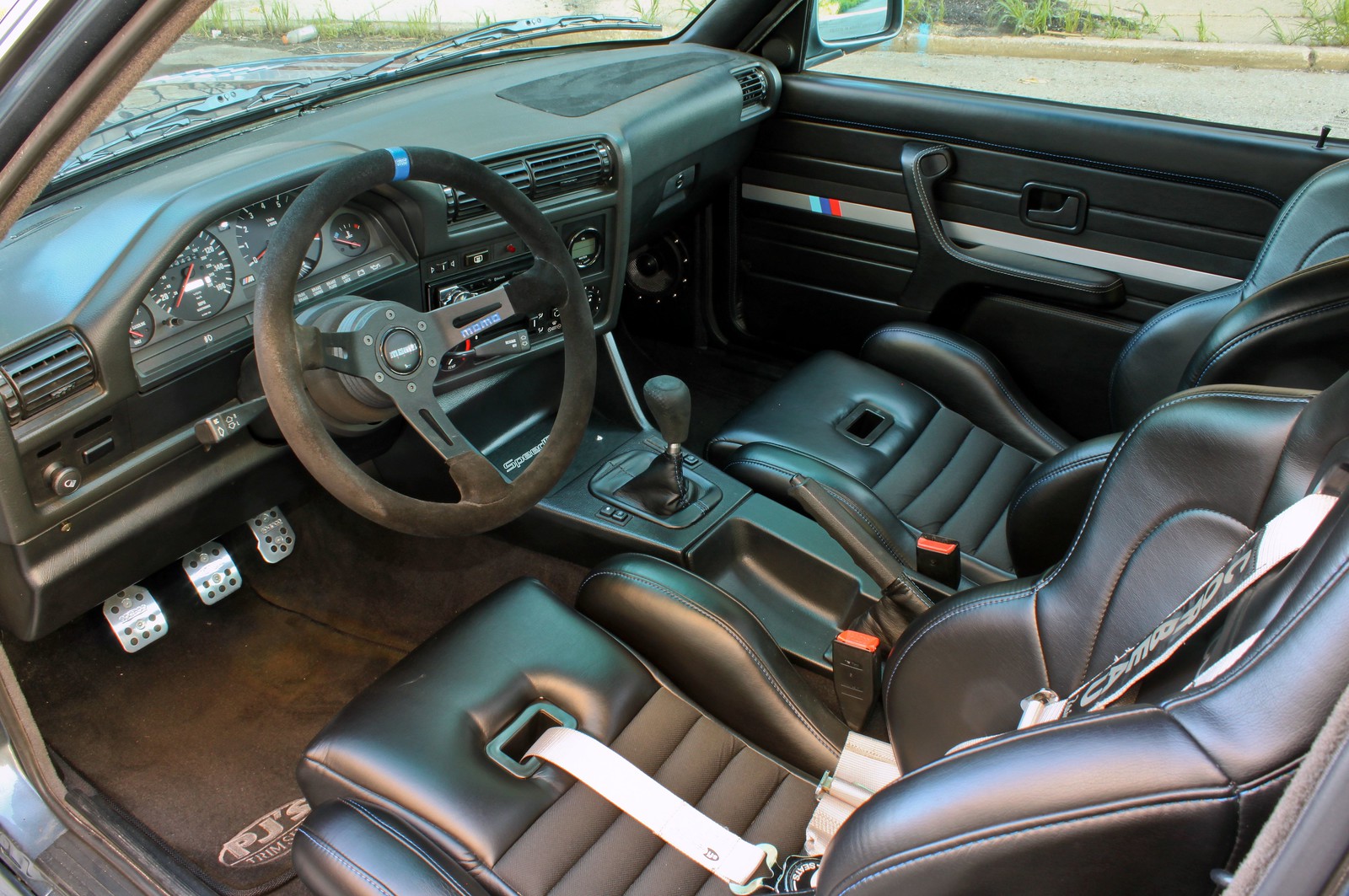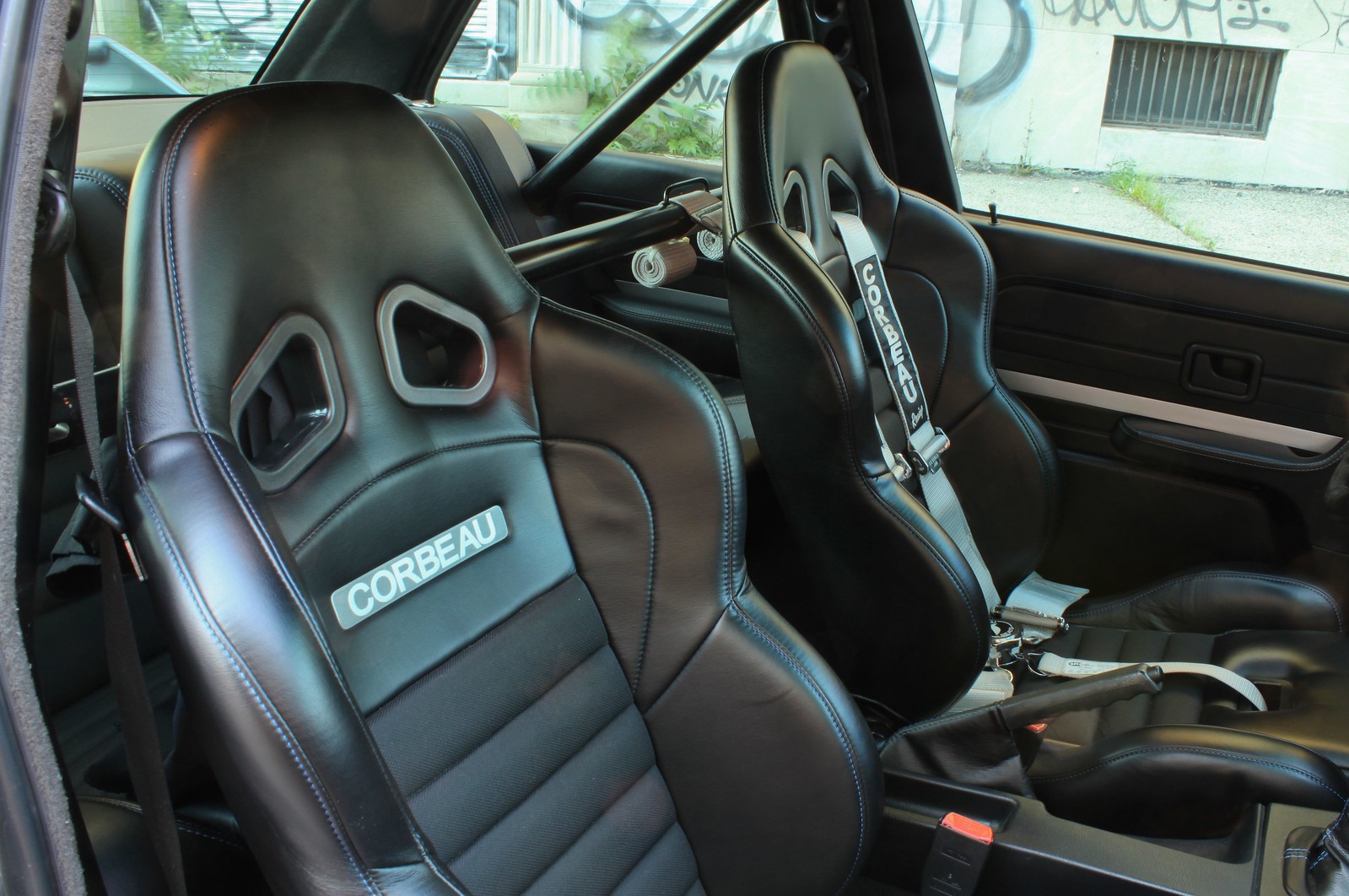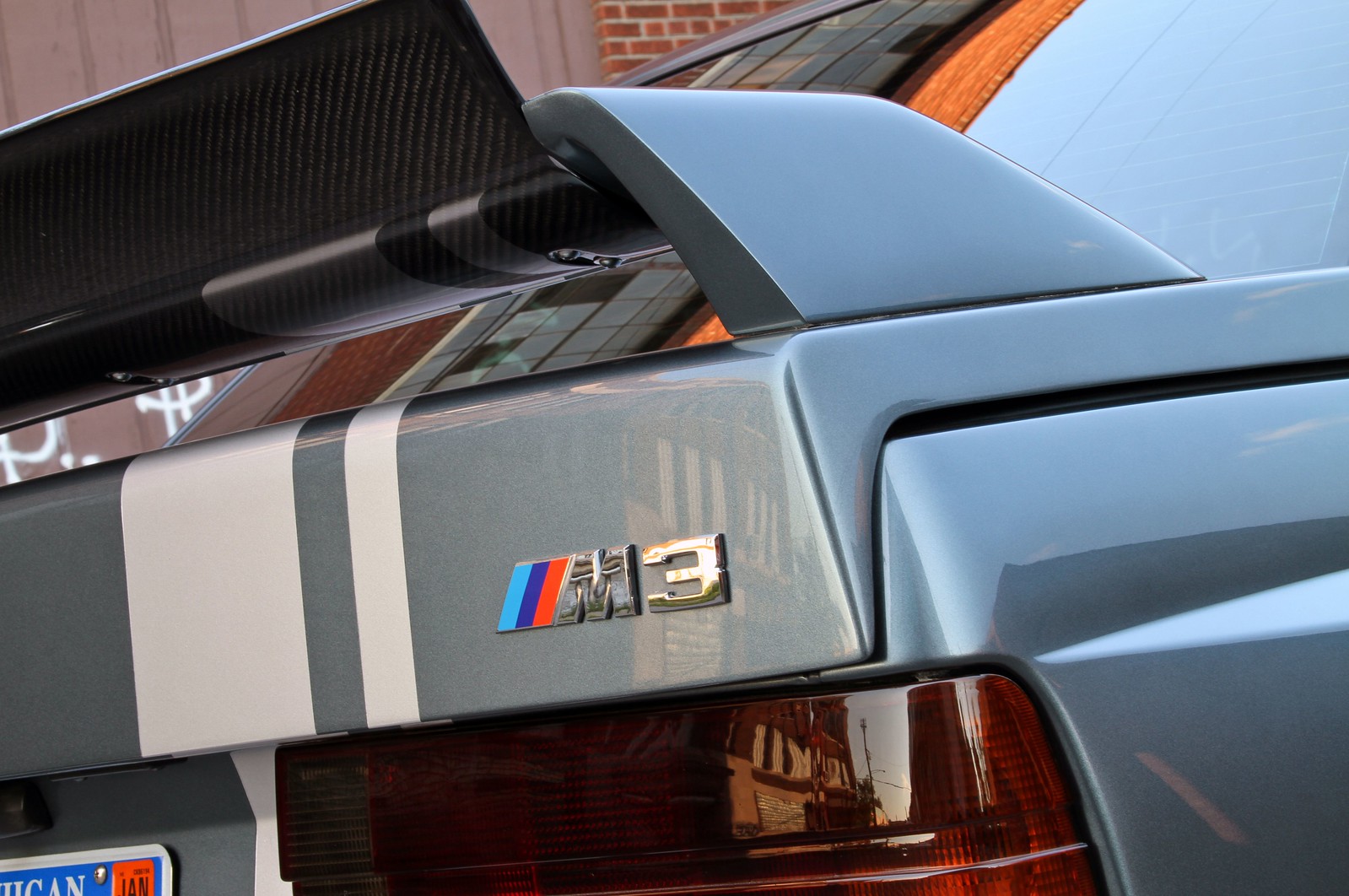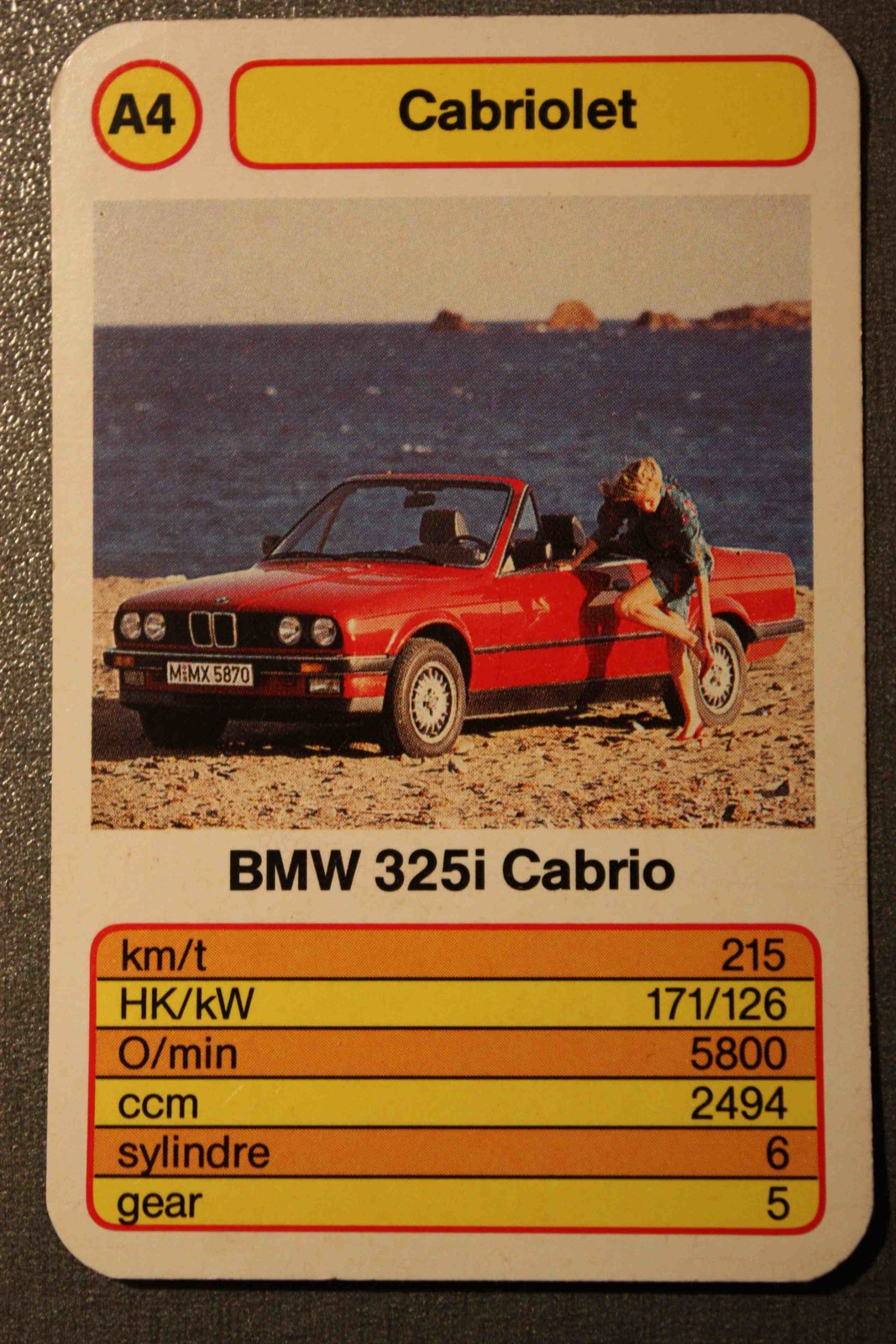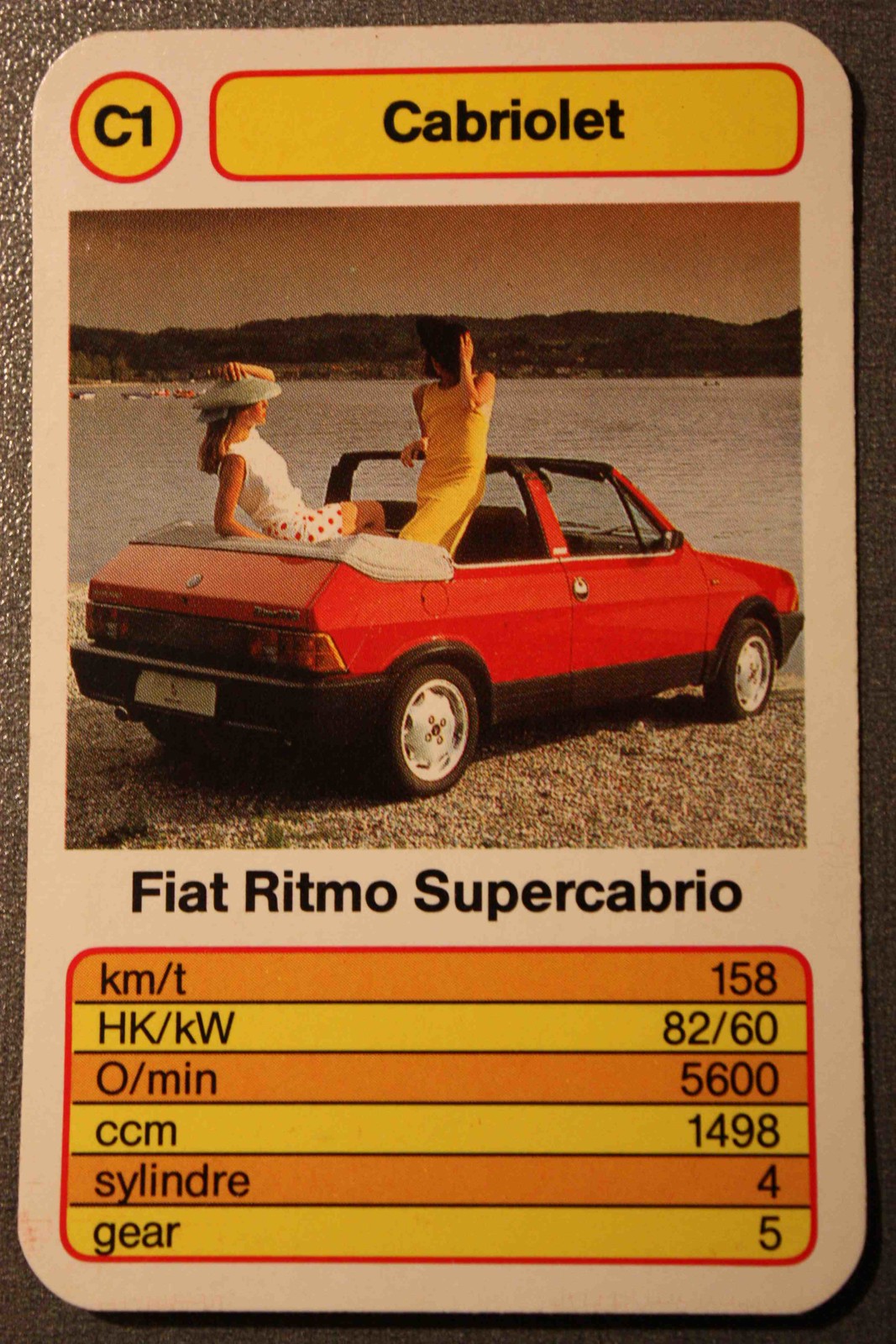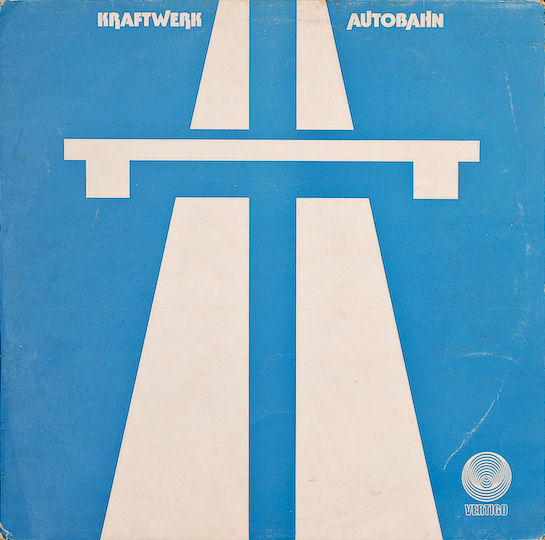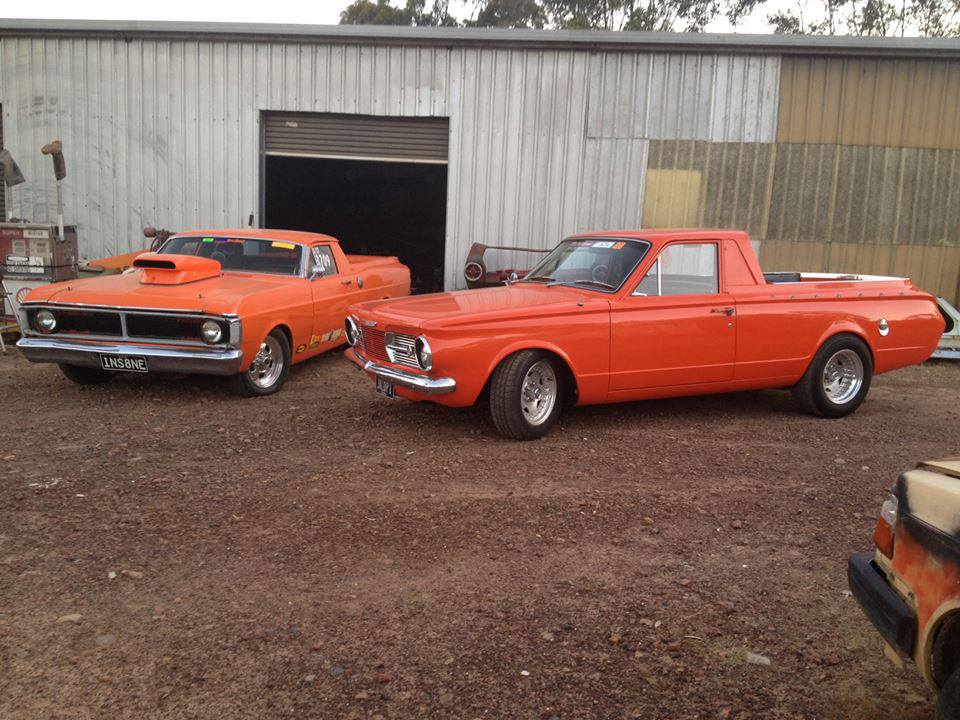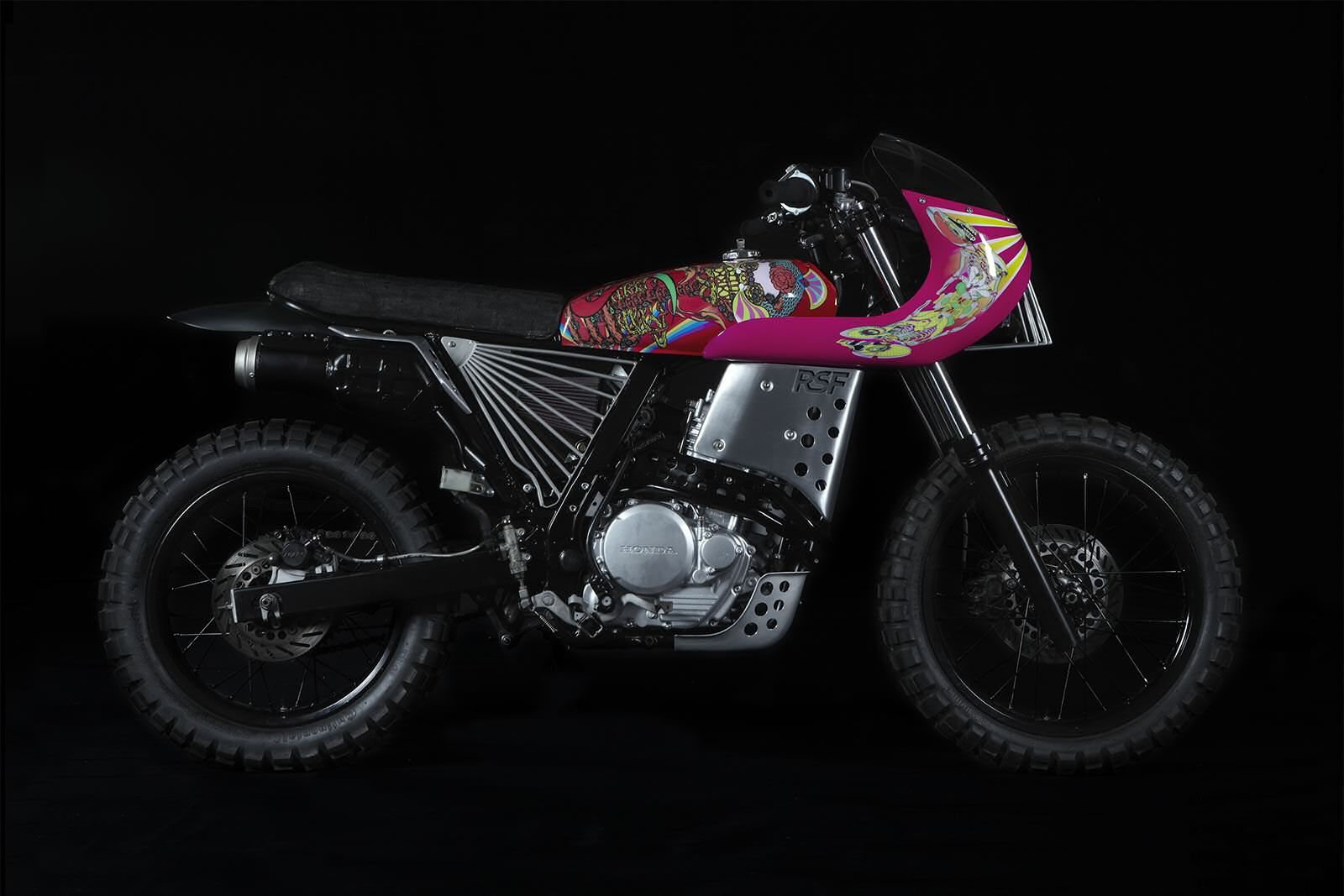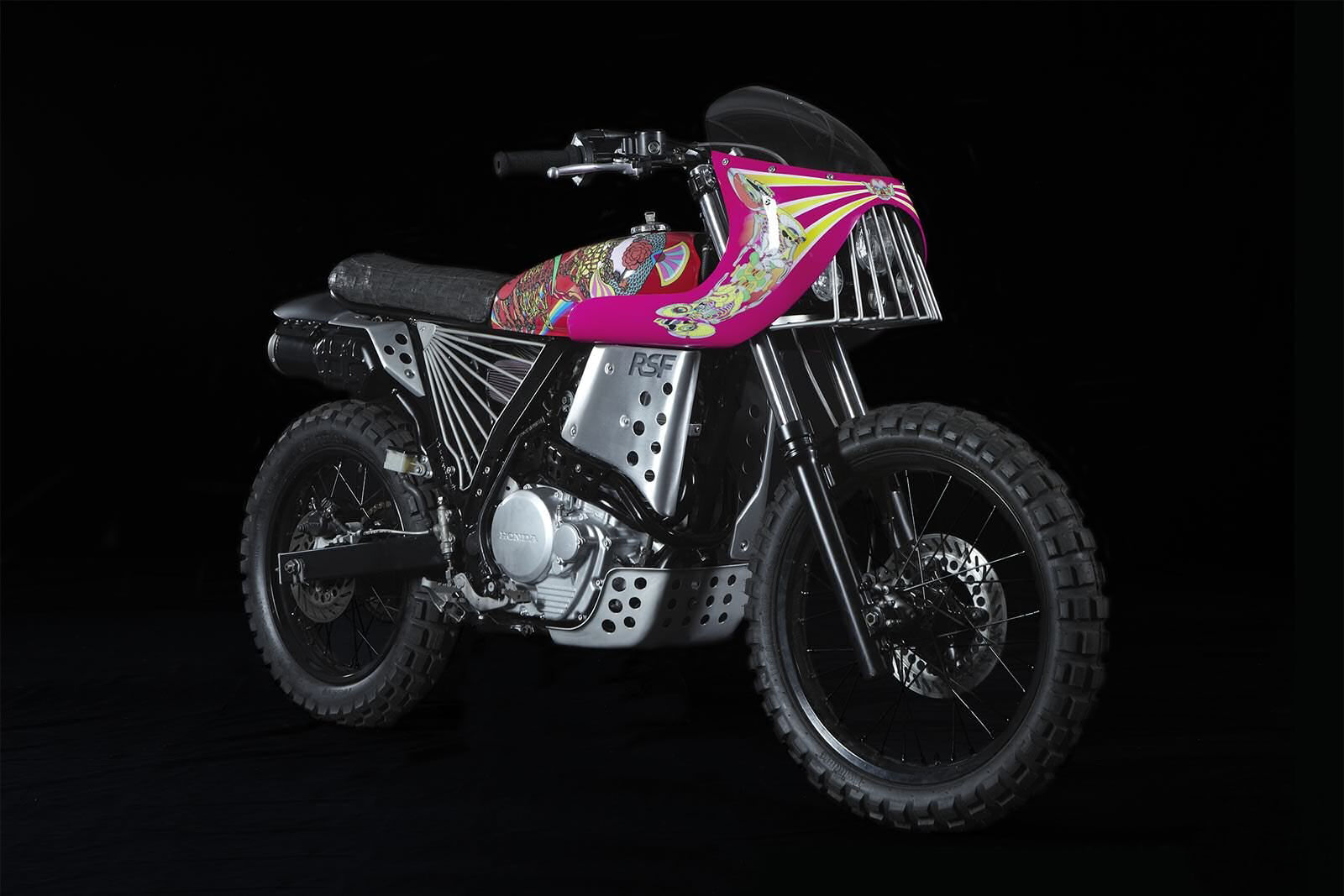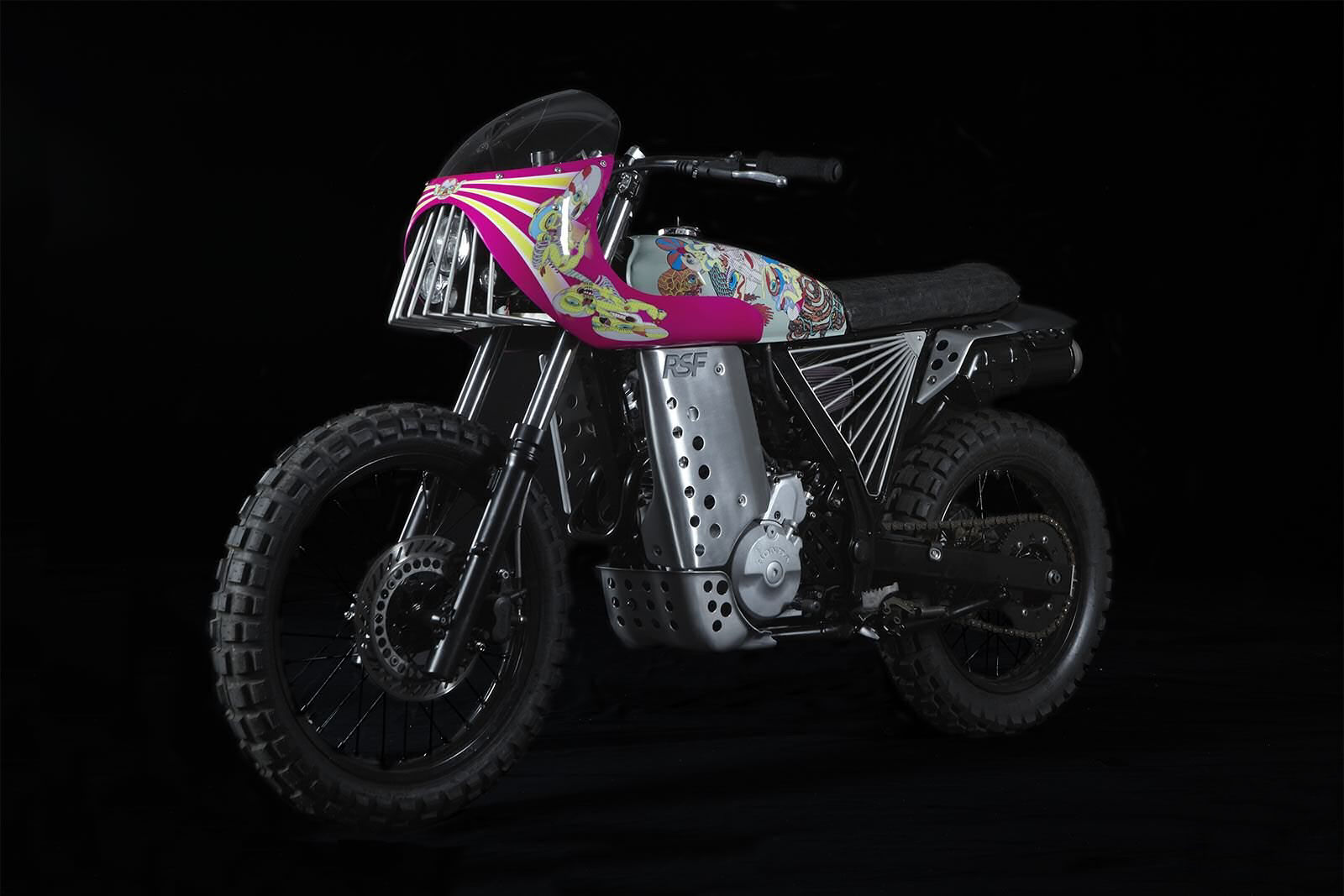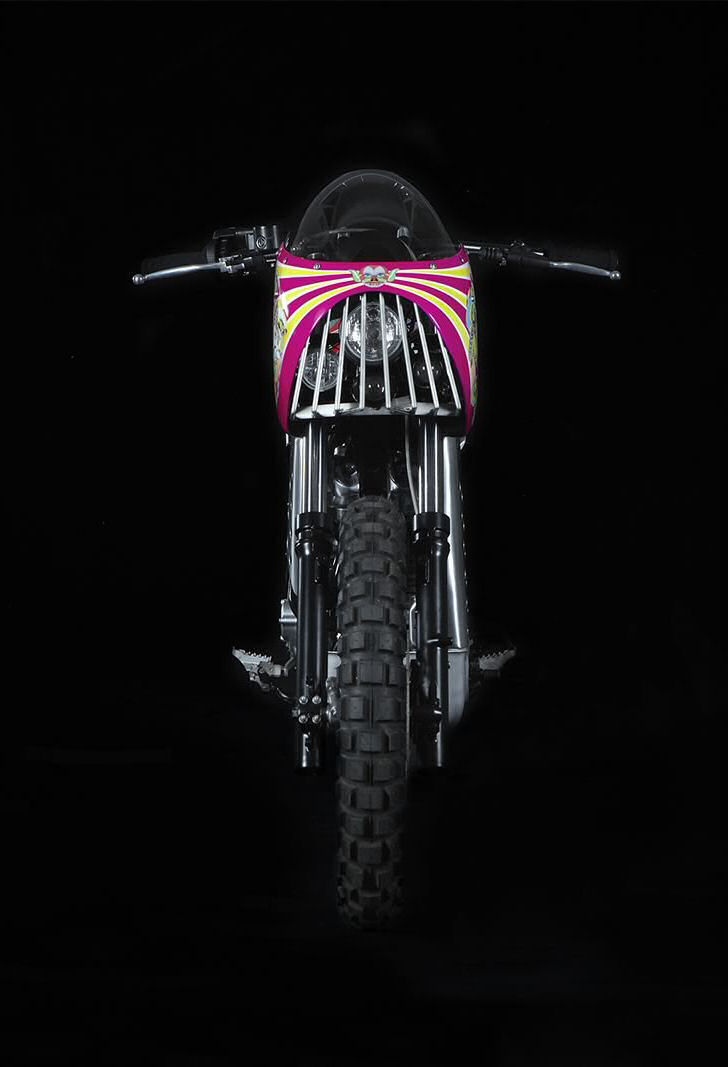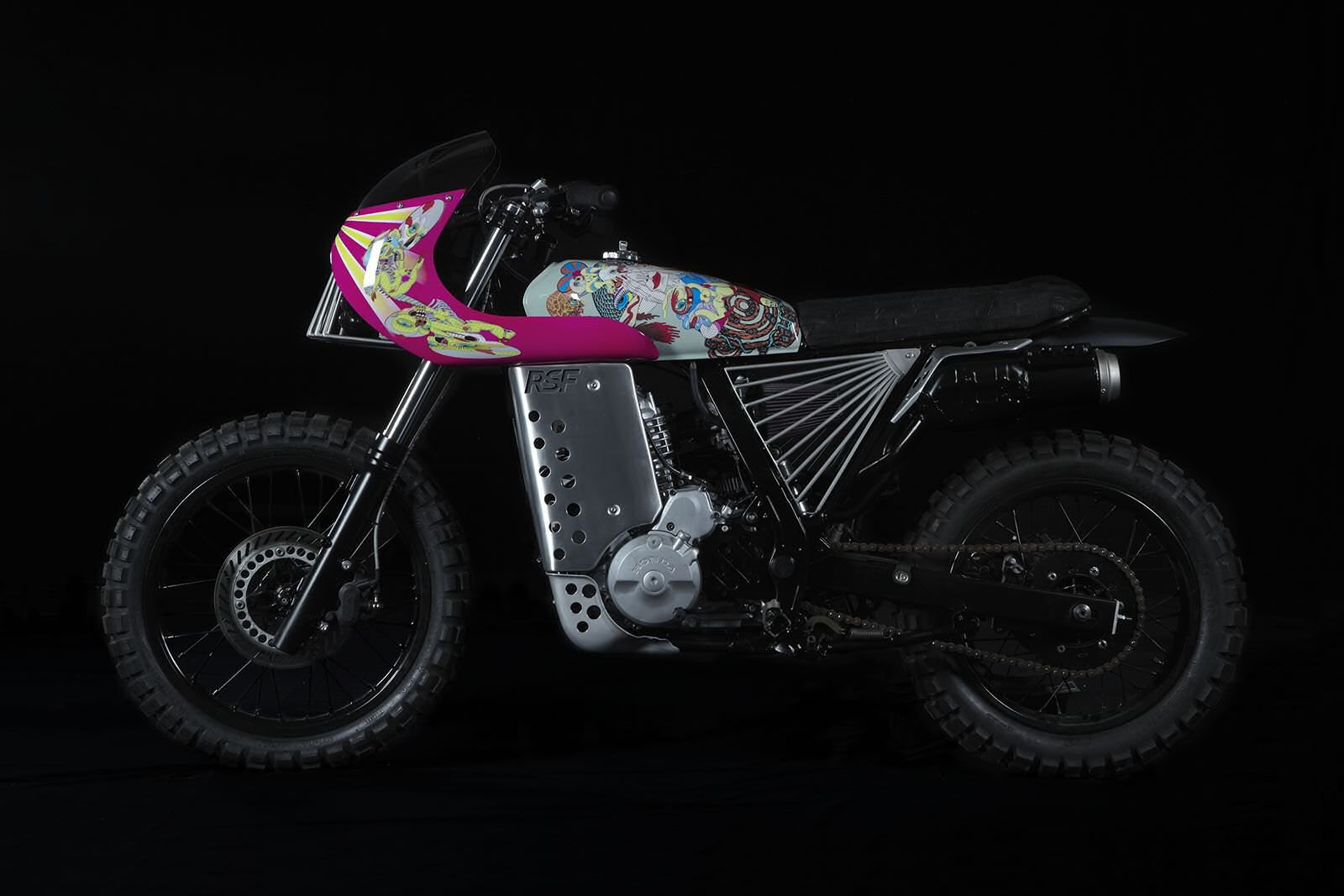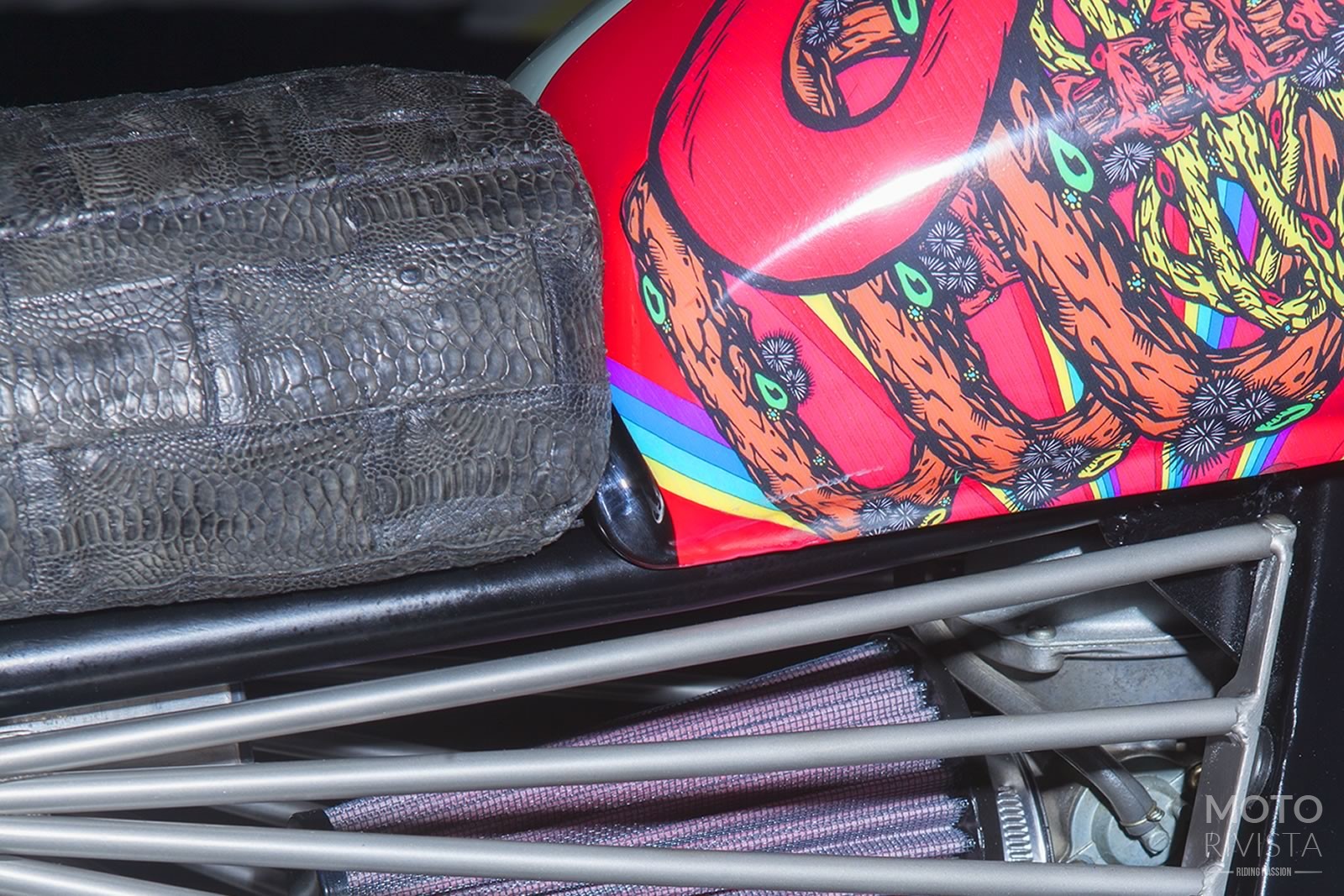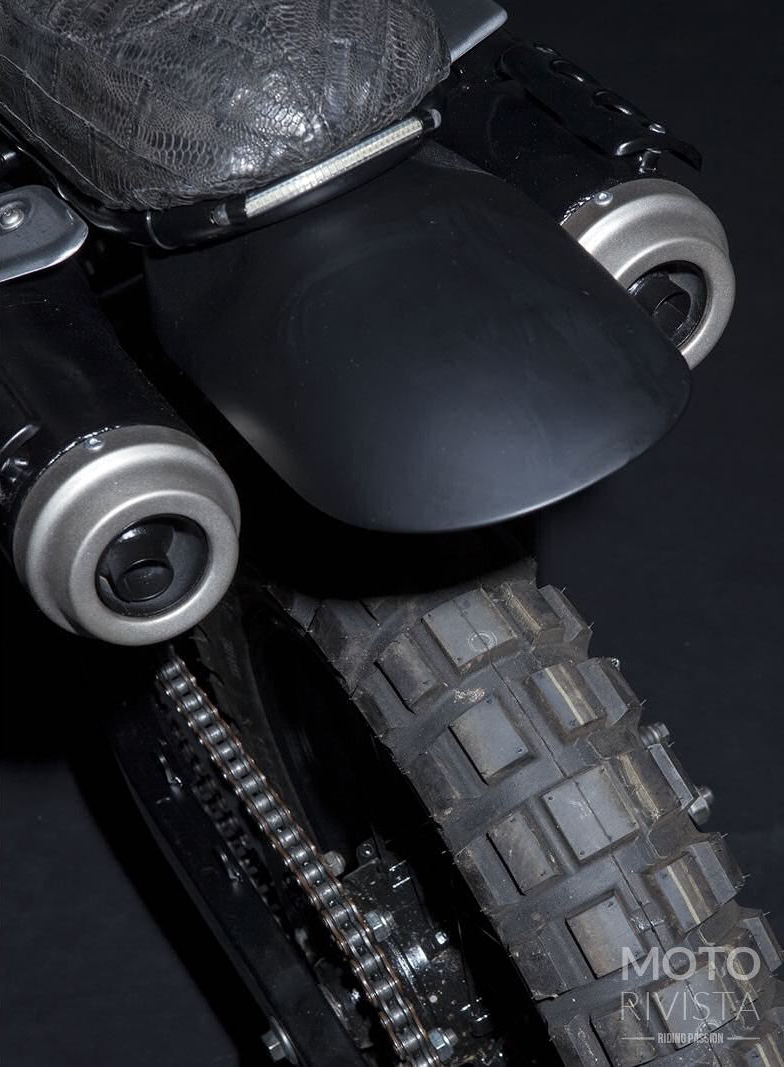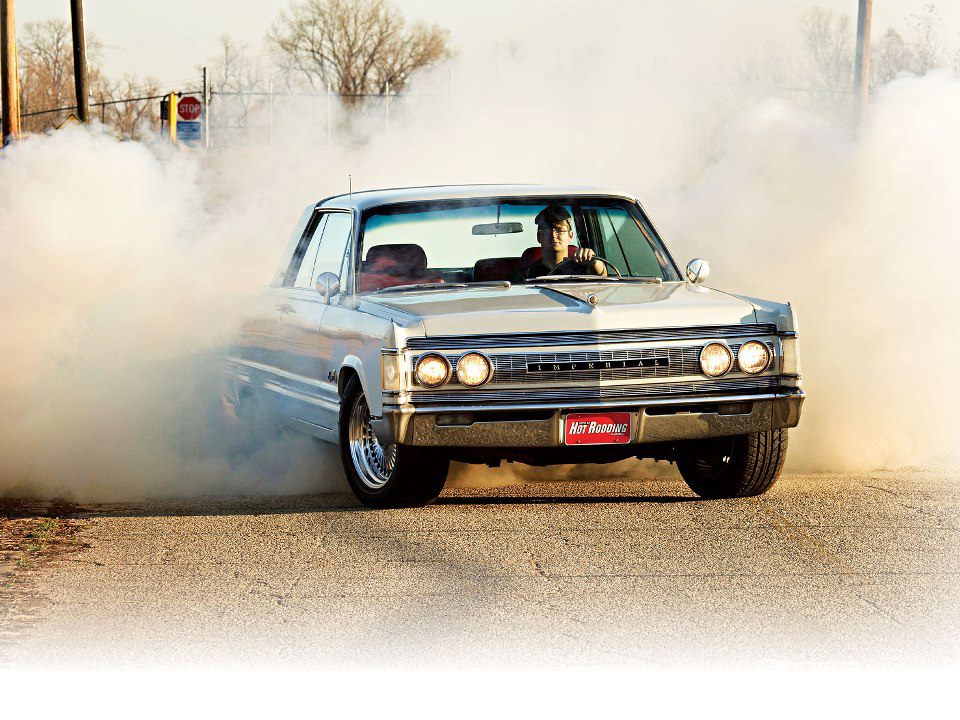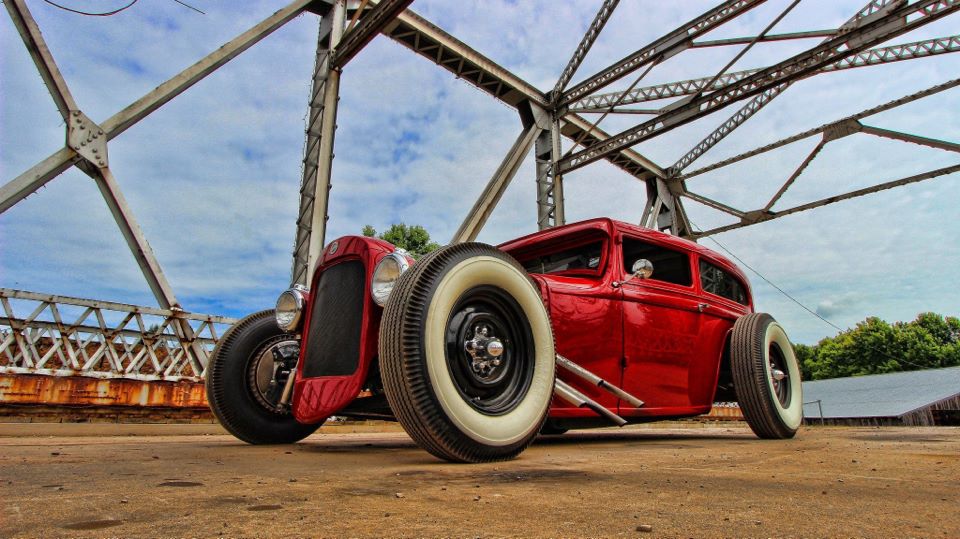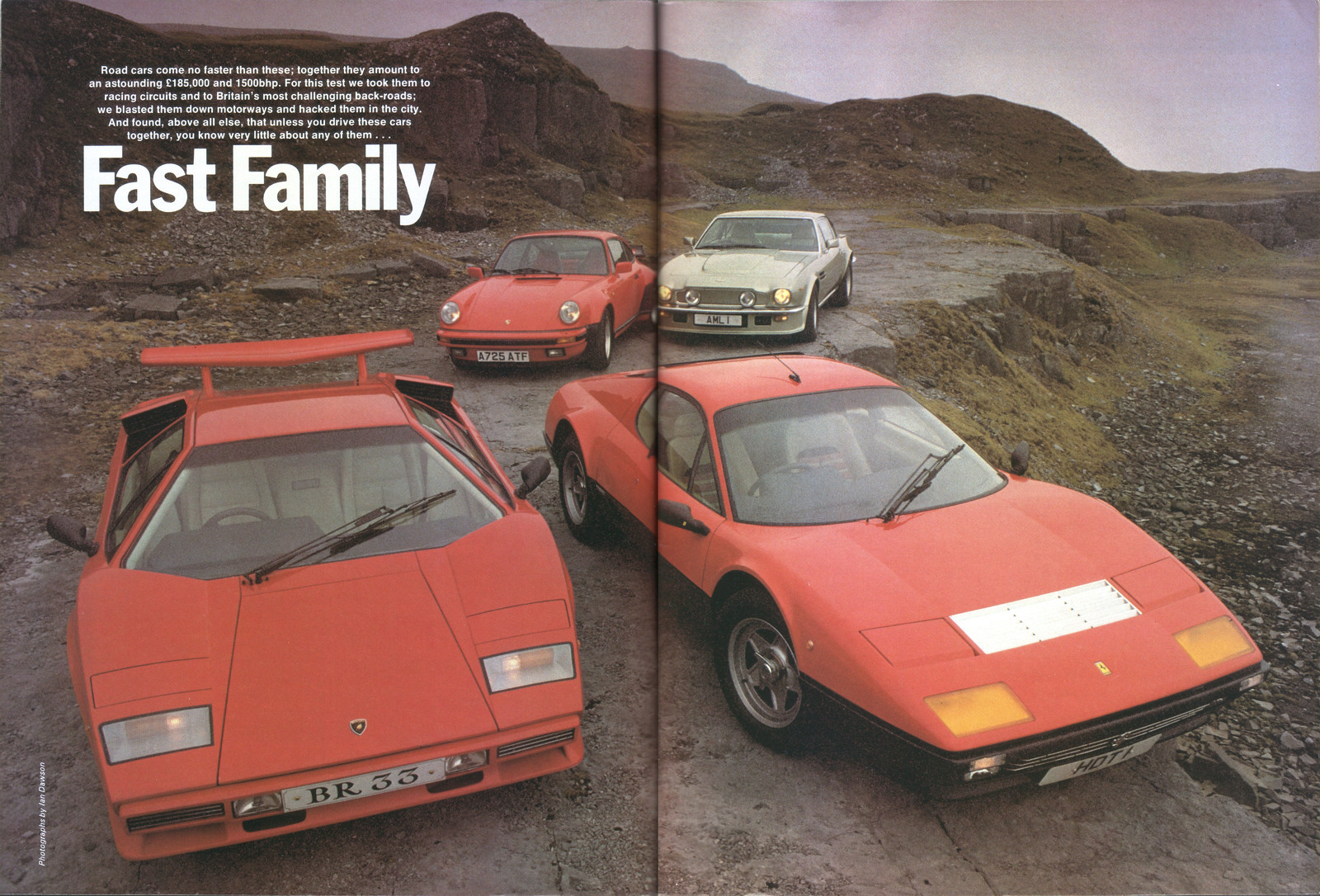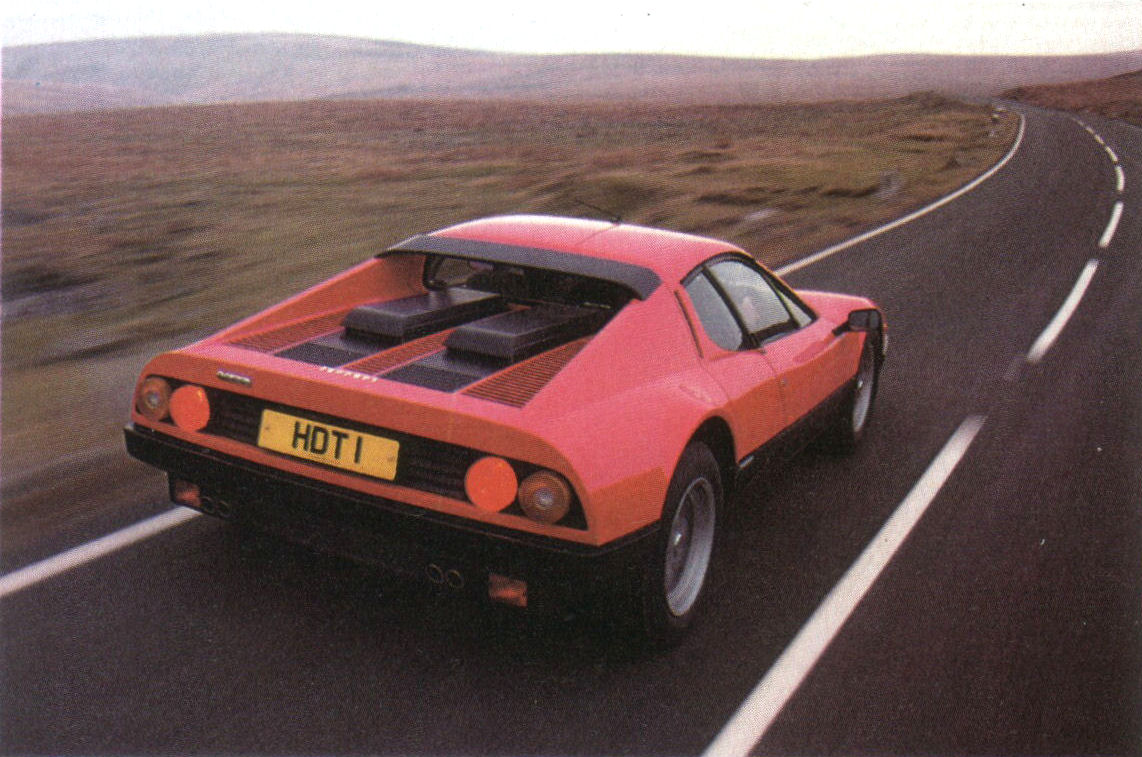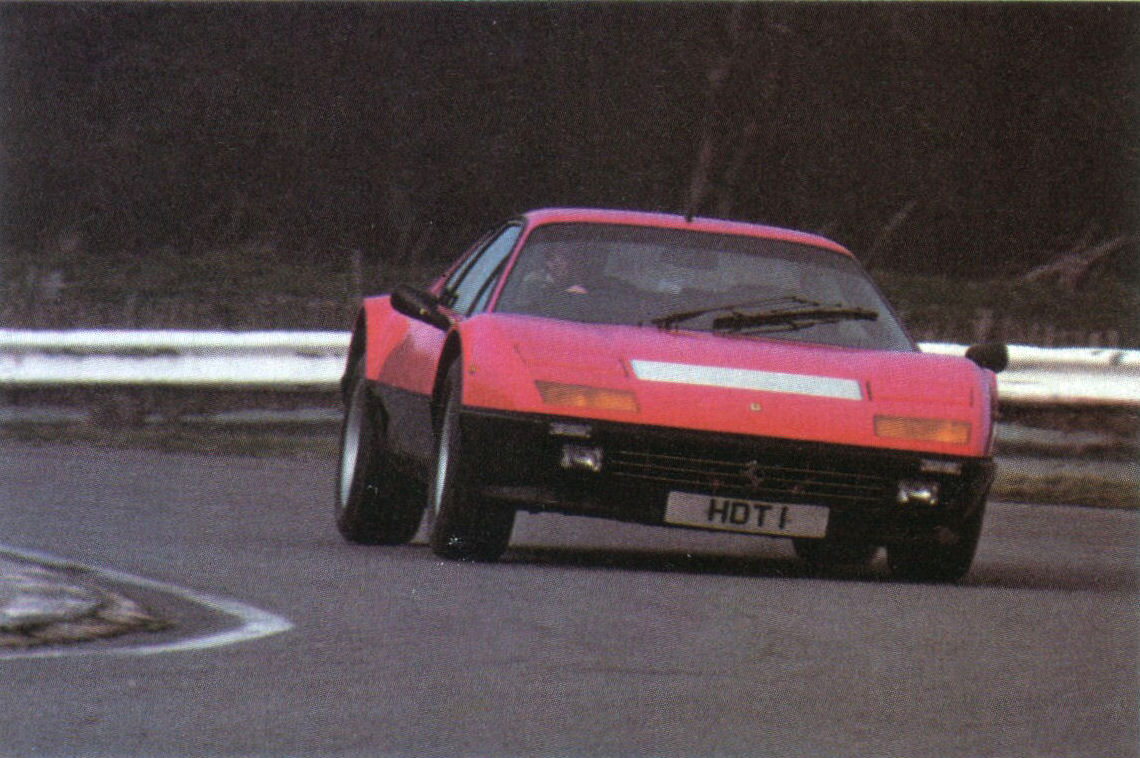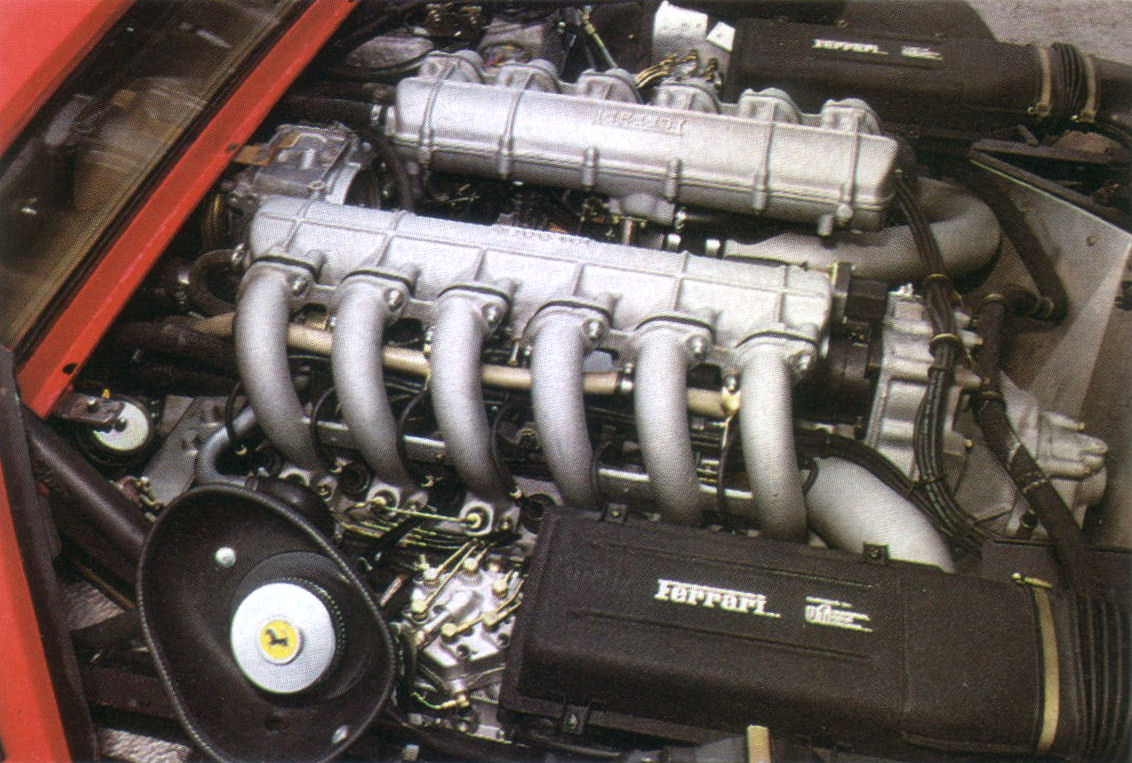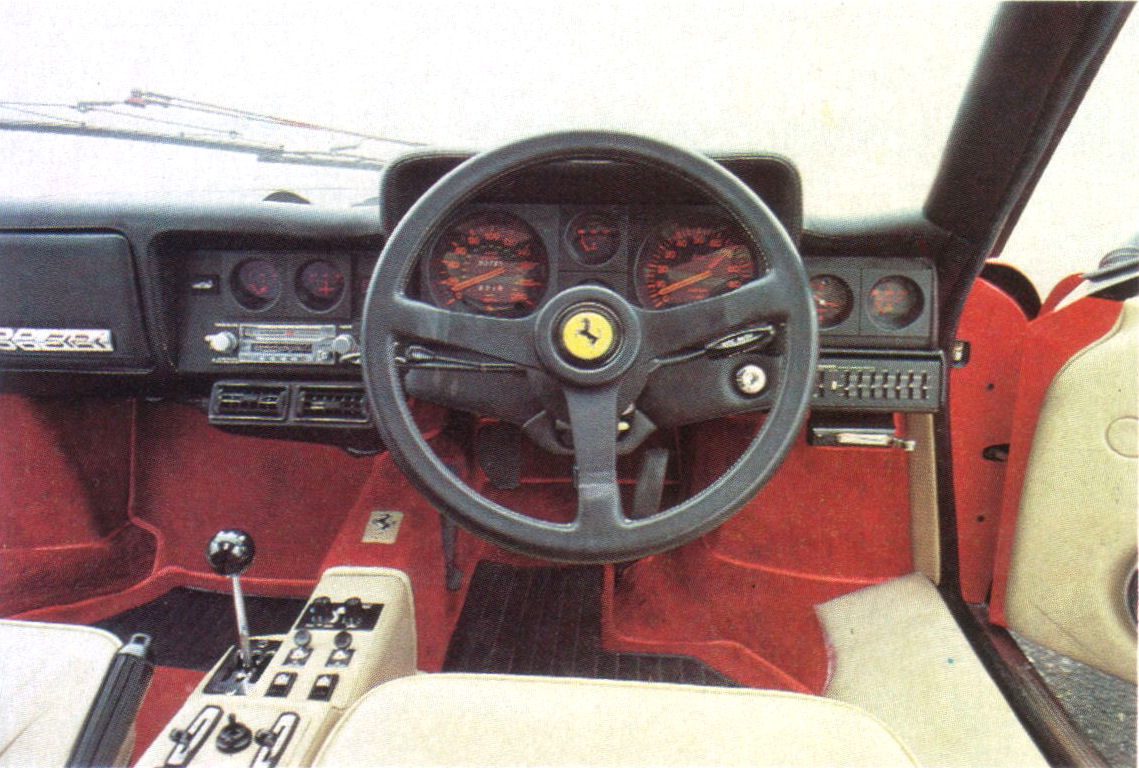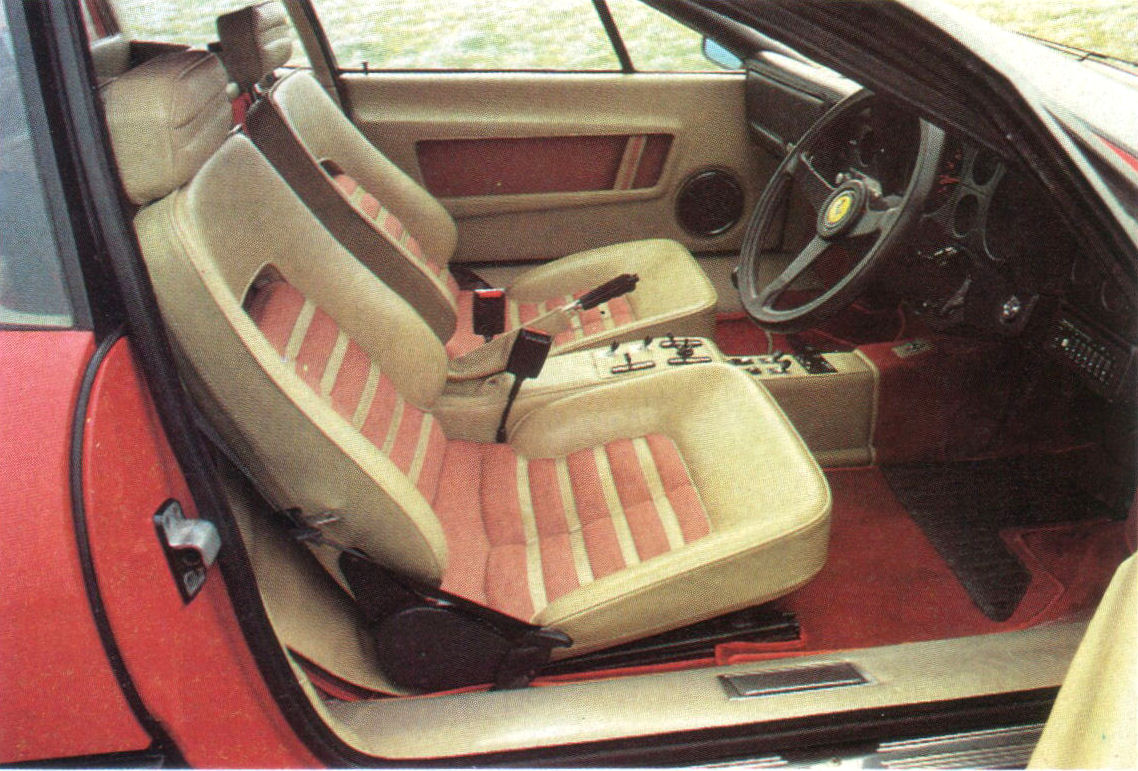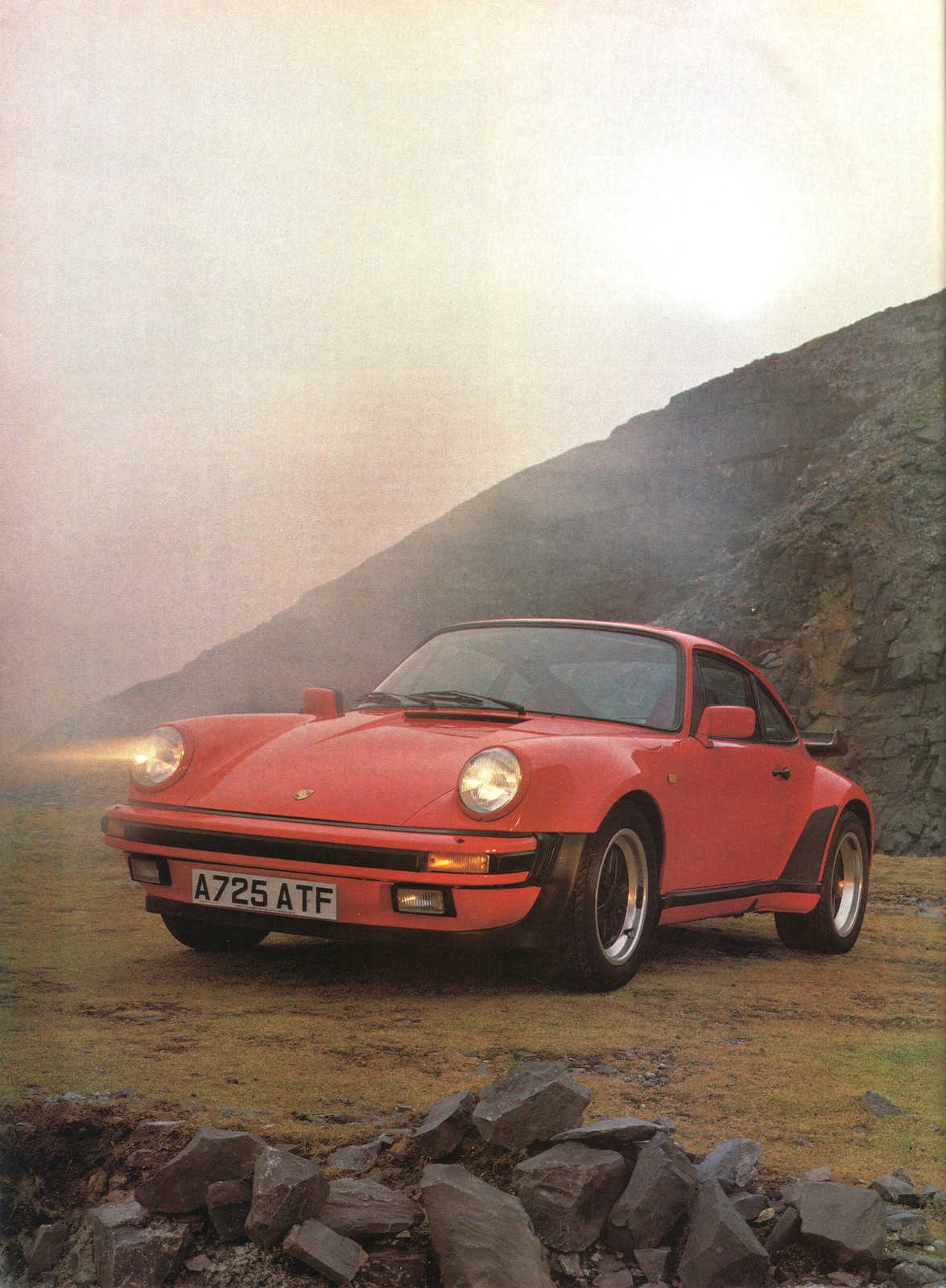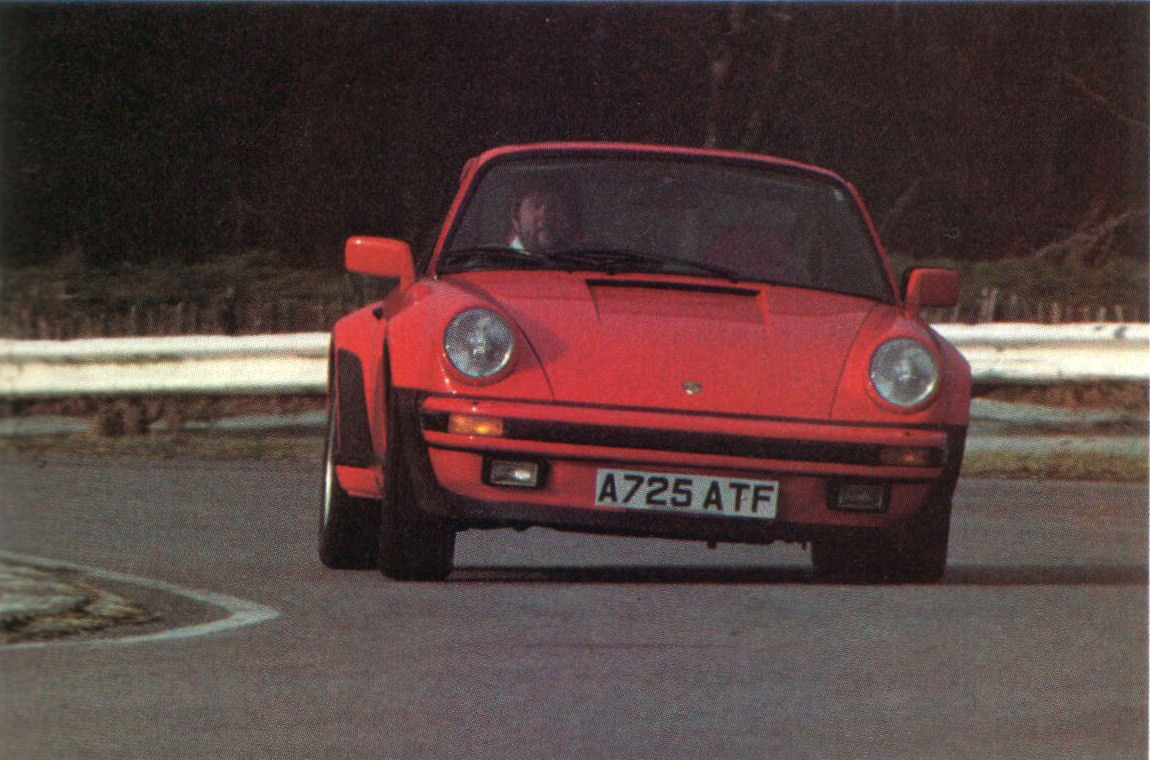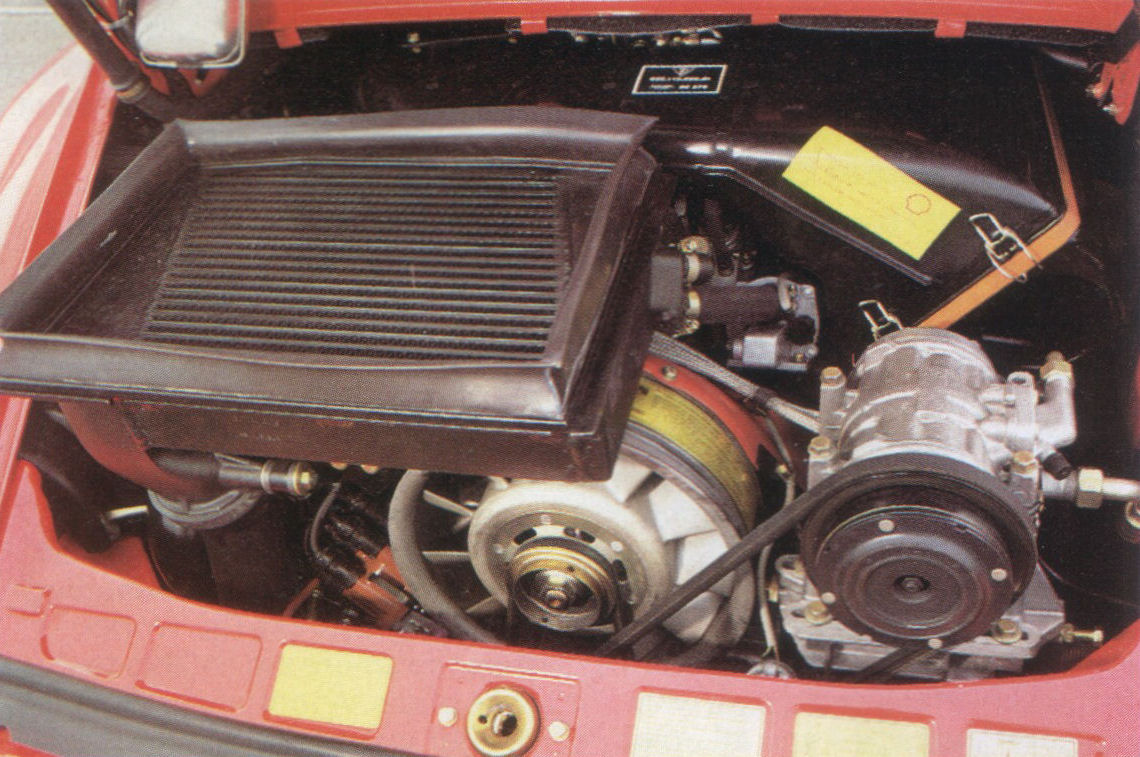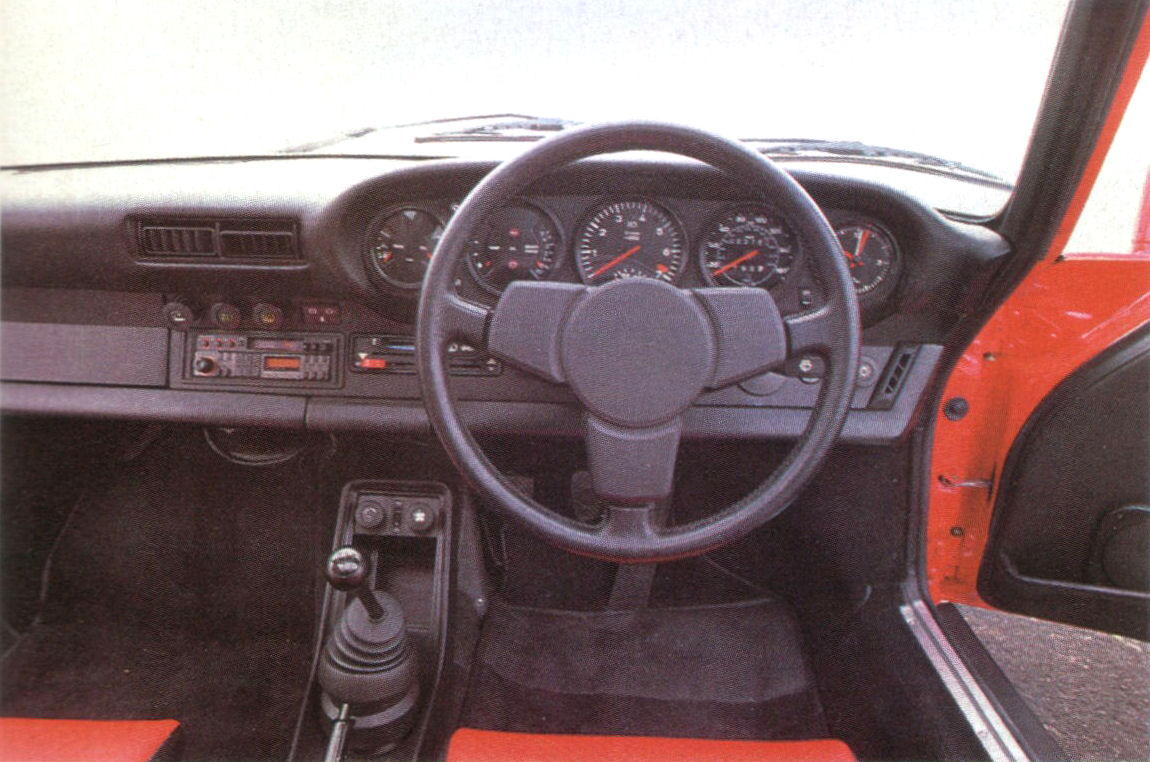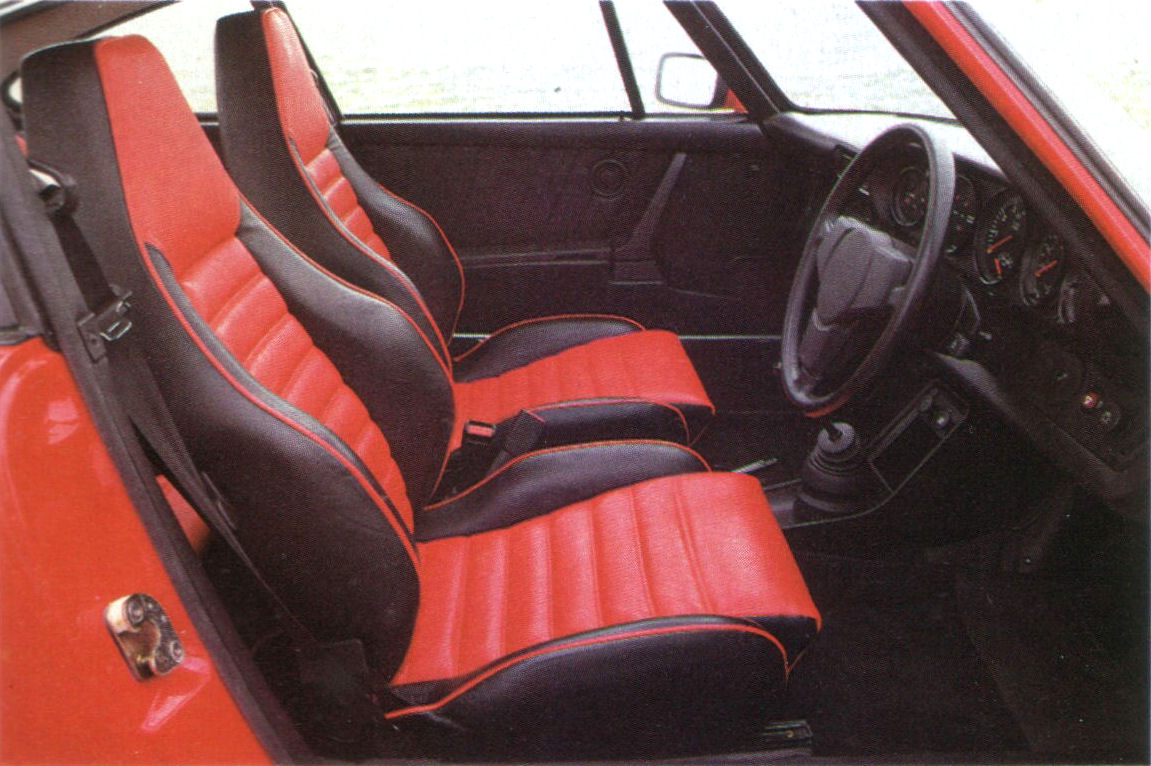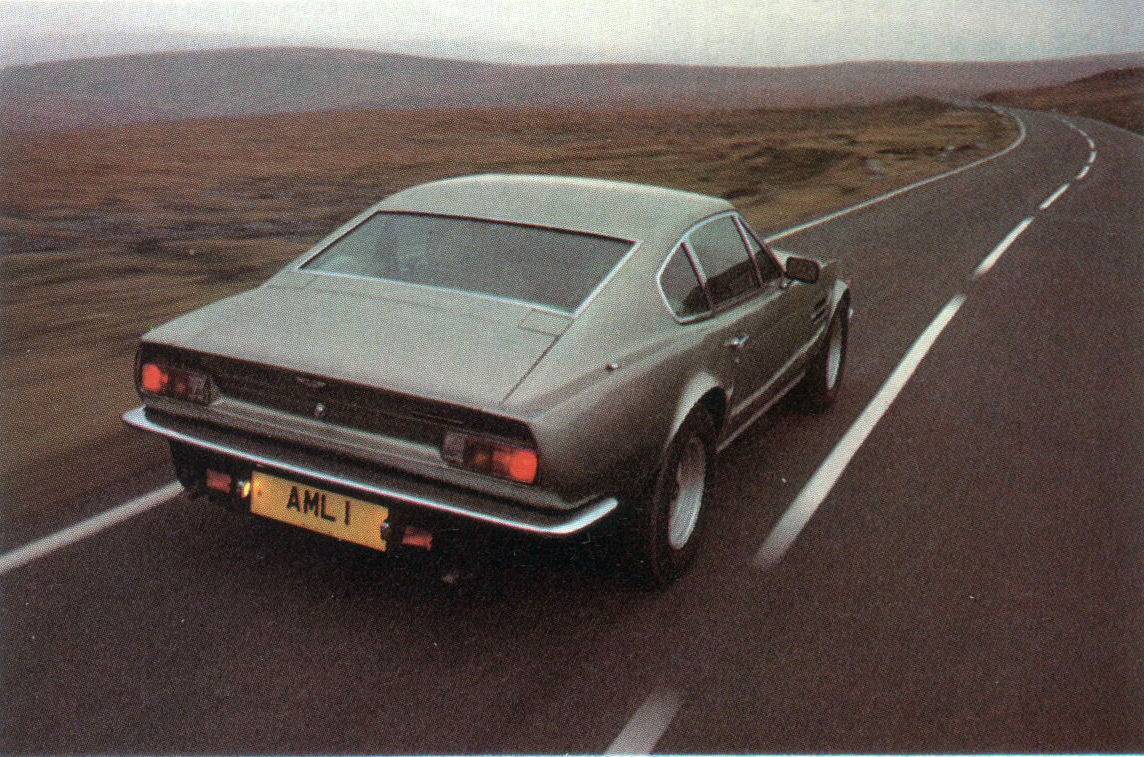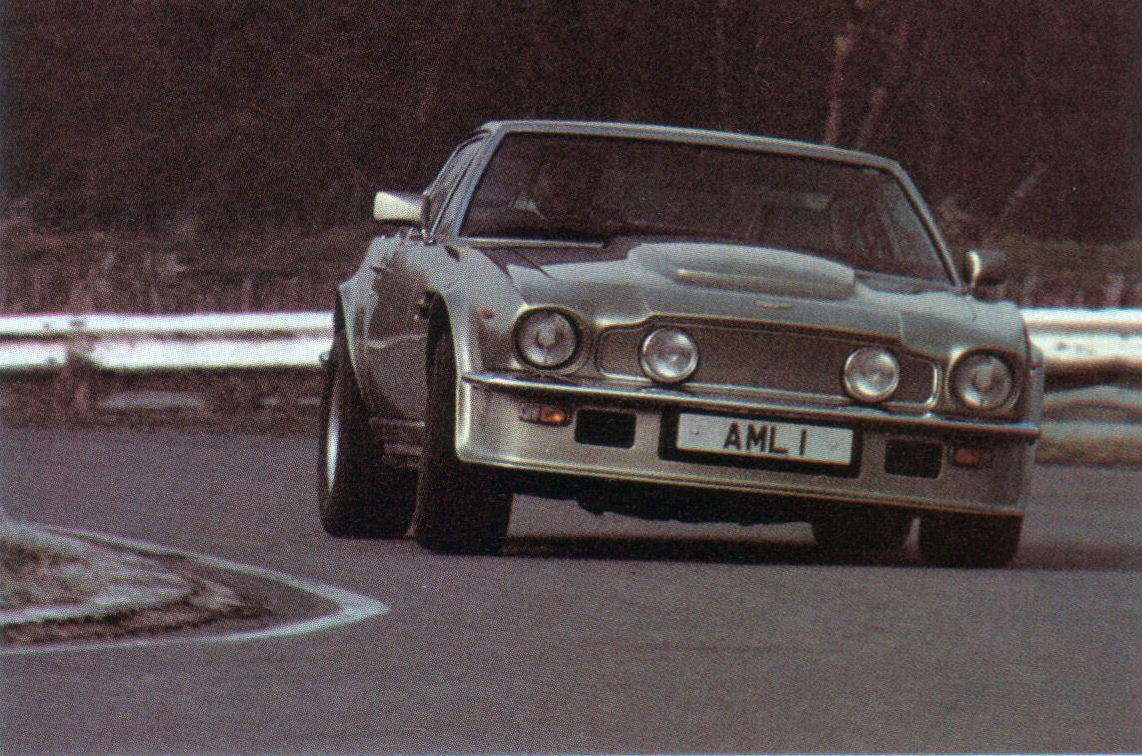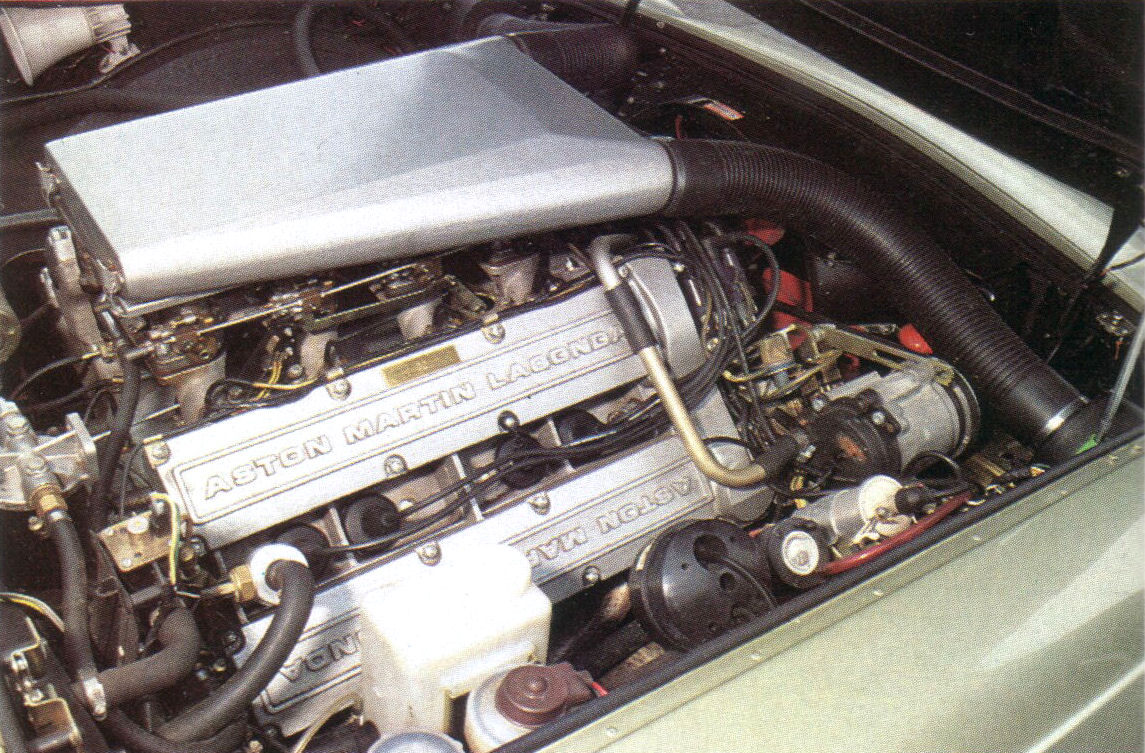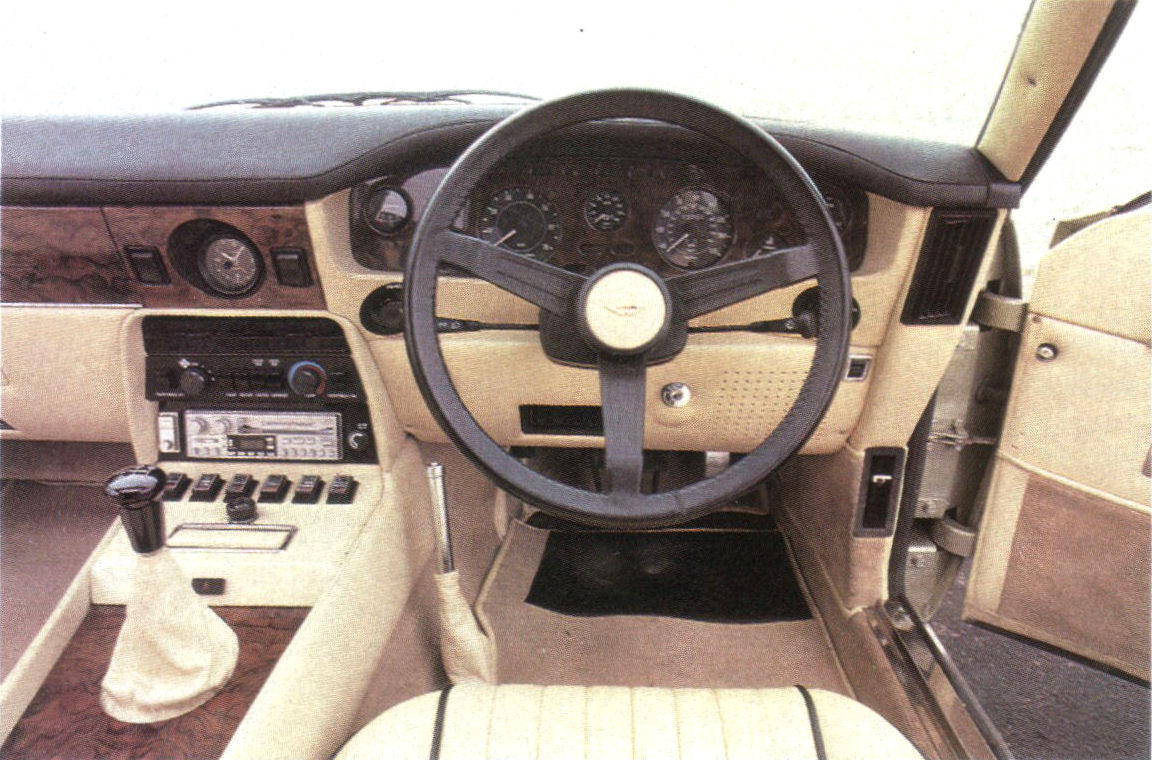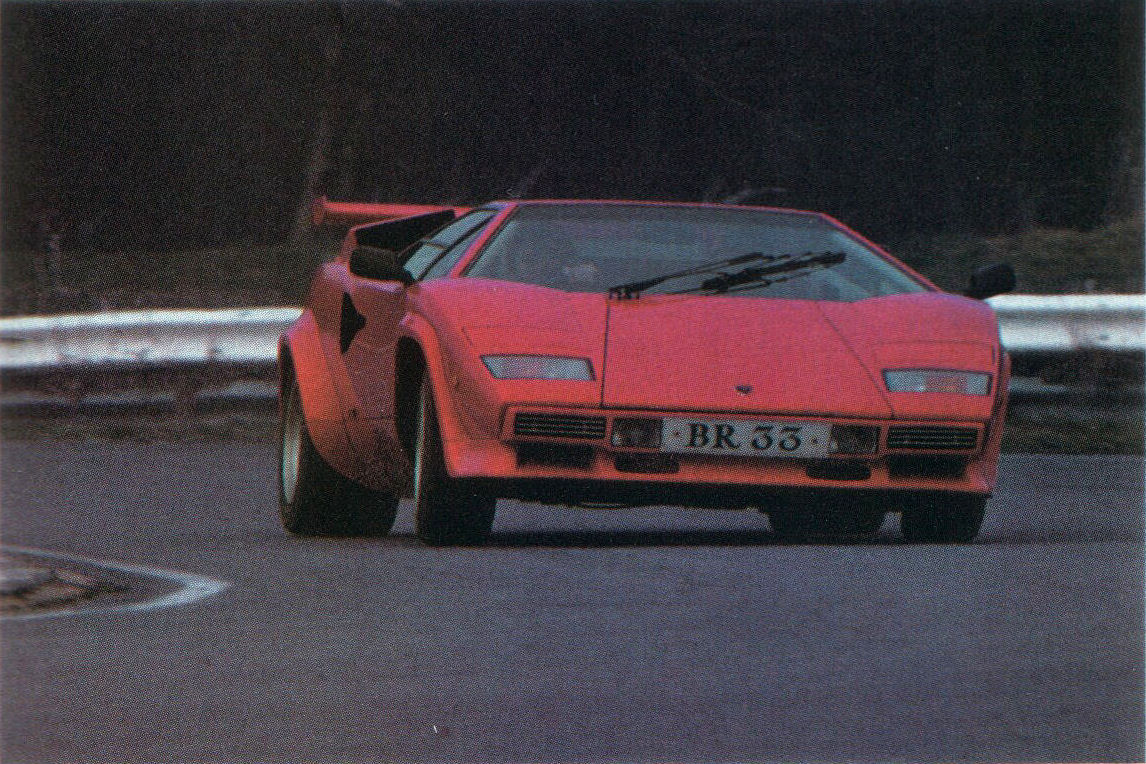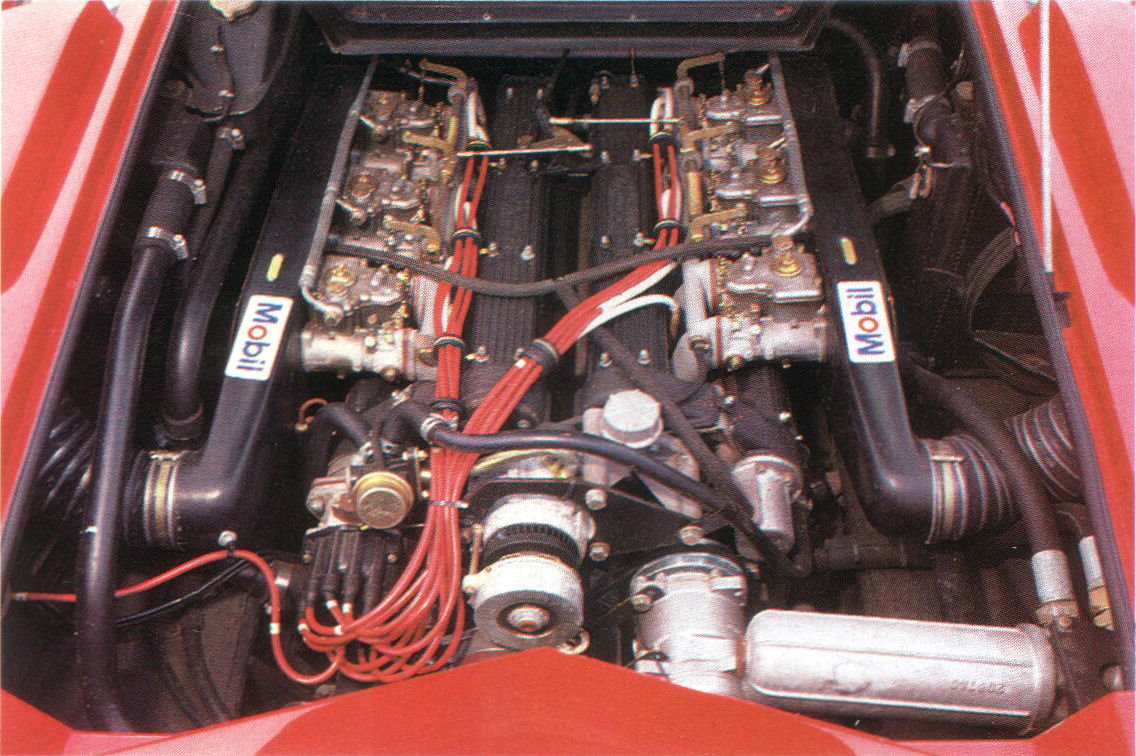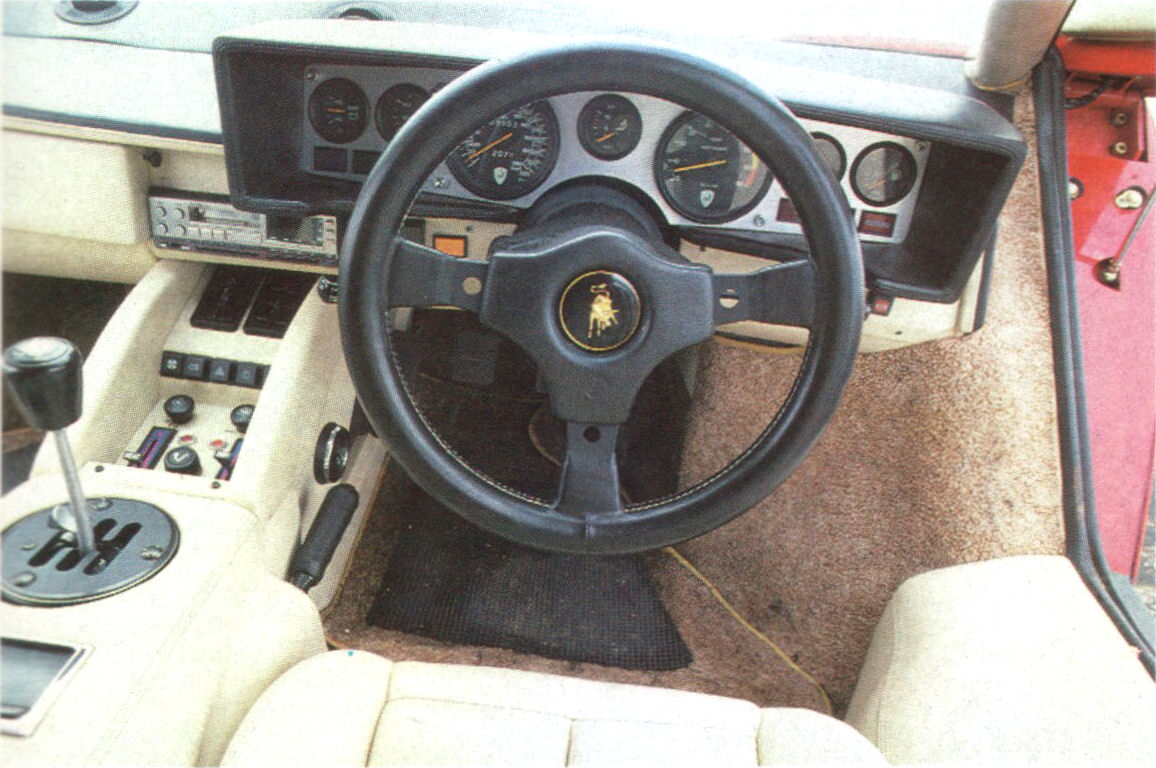31 July 2015
29 July 2015
Munich Motorsport Meets Motown Muscle - V8-powered E30 M3
"A filthy swine from across the pond has put a boat anchor of a Chevy in a BMW M3, the best -handling BMW ever!" is one way you could look at the car we're featuring today, but I prefer to say "Munich legend gets Motown refresh".
The car in question is owned by Kevin Byrd, co-host of a show in America called Two Guys Garage and an R&D engineer for Ford Powertrain by day. I'm guessing the latest Ford V8 engines were too tight a fit in the petite E30 bay, so he's used a 'crate' GM LS3 engine, which fits with millimetres to spare. The Getrag 'box has been given the boot in favour of a Tremec TR-6060 gearbox to help control the 510bhp this engine is pumping out. Now it may seem incredible to some but the rear diff is still essentially an M3 LSD item, albeit with carbon clutches and a 3.73 gearset.
I'm betting the handling hasn't been affected much either; the LS3 weighs 415lbs vs the S14 engine's 375lbs, not a weight you would want sitting on your chest for sure, but then again not one that will do too much to the handling balance. And no your eye do not deceive you, the famous blister arches are 2 inches wider than standard, necessary to cover the 8.5x18 and 10x18 BBS wheels.
Not so much an M3 evolution, more an M3 revolution; more in-depth info here.
- Amazosan
27 July 2015
24 July 2015
Cars & Music - Kraftwerk, Autobahn (redux)
The 1974 Kraftwerk album Autobahn; essential when driving a 50's/60's/70's German car, I find.
If you've never heard the album before, Autobahn is, as the title suggests, an album intended to capture the essence of driving in different atmospheres. The title track is intended to capture the feeling of driving on the Autobahn: from travelling through the landscape, the high-speed concentration on the fast lane, to tuning the car radio and the monotony of a long trip. It describes the A555 from Köln to Bonn - the first Autobahn ever built, which was opened in 1932. Contrary to the casual observer's opinions about the track, Autobahn is not a completely electronic production, as violin, flute, piano and guitar are used along with synthesizers. It features both untreated and vocoded vocals (with the remaining tracks are purely instrumental); although the vocoder wasn't a Kraftwerk invention (that accolade can be attributed to Bell Labs engineer Homer Dudley in 1928), its fair to say that they did popularise it.
The front cover of the original German album was painted by Emil Schult, a long-time collaborator of Ralf Hütter and Florian Schneider, who also co-wrote the lyrics to Autobahn. The version of the album released in the UK on the Vertigo label in 1974 had a more Warhol-inspired commercial art styled cover, produced by the label’s in-house marketing department.
The 22 minute album version was edited to just over 3 minutes for its single release and got to no.11 over here in the UK; this I know as my older brother would not stop playing it when it came out, and for him as for a lot of people, it was a gateway track into a lifelong love of electronic music. The strange thing is I always imagined the 'car' that is being driven in the song to be an old Mercedes even before I ever saw the cover. And that's from a die-hard BMW owner. Incidentally, the Mercedes in question is a W111/W112, with an early VW Beetle scuttling the opposite way.
If you like Electronica in any way, and/or have the aforementioned era of German car in your possesion, get hold of the album, take a cruise late at night with the windows down and crank it up.
überwältigend, as the Germans would say.
- Amazosan
If you've never heard the album before, Autobahn is, as the title suggests, an album intended to capture the essence of driving in different atmospheres. The title track is intended to capture the feeling of driving on the Autobahn: from travelling through the landscape, the high-speed concentration on the fast lane, to tuning the car radio and the monotony of a long trip. It describes the A555 from Köln to Bonn - the first Autobahn ever built, which was opened in 1932. Contrary to the casual observer's opinions about the track, Autobahn is not a completely electronic production, as violin, flute, piano and guitar are used along with synthesizers. It features both untreated and vocoded vocals (with the remaining tracks are purely instrumental); although the vocoder wasn't a Kraftwerk invention (that accolade can be attributed to Bell Labs engineer Homer Dudley in 1928), its fair to say that they did popularise it.
The front cover of the original German album was painted by Emil Schult, a long-time collaborator of Ralf Hütter and Florian Schneider, who also co-wrote the lyrics to Autobahn. The version of the album released in the UK on the Vertigo label in 1974 had a more Warhol-inspired commercial art styled cover, produced by the label’s in-house marketing department.
The 22 minute album version was edited to just over 3 minutes for its single release and got to no.11 over here in the UK; this I know as my older brother would not stop playing it when it came out, and for him as for a lot of people, it was a gateway track into a lifelong love of electronic music. The strange thing is I always imagined the 'car' that is being driven in the song to be an old Mercedes even before I ever saw the cover. And that's from a die-hard BMW owner. Incidentally, the Mercedes in question is a W111/W112, with an early VW Beetle scuttling the opposite way.
If you like Electronica in any way, and/or have the aforementioned era of German car in your possesion, get hold of the album, take a cruise late at night with the windows down and crank it up.
überwältigend, as the Germans would say.
- Amazosan
22 July 2015
T.W.O. - Honda NX650 Motorpsycho by Basic Garage & Keiichi Tanaami
This bike has been built in Milan to celebrate sunglasses manufacturer Retrosuperfuture's Spring/Summer 2014 Motorpsycho collection. Conceived by Retrosuperfuture, designed and built by Basic Garage, and pinstriped by Keiichi Tanaami, a legendary Japanese artist.
Tanaami, born in 1936 in Tokyo, is one of the most appreciated Japanese post-war pop artists, whose psychedelic, ultra-colored, artwork have received international acclaim.
Basic Garage’s craftsmen have built and equipped this Honda NX650 Dominator with steel grills on the front and side of the bike, custom-made black chicken leg-skin for the seat, custom aluminium side panels, black steel braided brake lines, and the psychedelic skeletal drawings by Tanaami.
- Mr Fabulous
20 July 2015
17 July 2015
Digging In The Crates - Supercar Classics
Digging In The Crates has now reached our stockpile of old CAR magazines. yeah, thats CAR magazines, not car magazines.
CAR magazine was launched in 1962 under the wordy moniker of Small Car and Mini Owner incorporating Sporting Driver . It was renamed as CAR in 1965.
CAR magazine back in the 70's and 80's was a bit of a firebrand; it pulled few punches and took few prisoners; they said what was on their mind and the motor industry frequently didn't like it. They complained all the time, withdrew their adverts, and even stopped CAR getting hold of test cars on occasions.
CAR was far ahead of other motoring magazines for the quality of its content. The depth of its prose, Photography (Ian Dawson's work on this particular article is a good example) and artwork (an example being Bob Freeman's technical watercolours are a particular standout for me) made the likes of Motor and Autocar seem staid in comparison.
As well as fantastic photography and artwork, it had equally fantastic prose; significant contributors during the magazine's heyday included George Bishop (the original editor), Henry Manney III (who sprung to prominence with his witty and amusing articles in Road & Track magazine), Doug Blain (editor from 1964 to 1971, and the man who really created the CAR 'template', Ronald 'Steady' Barker (who ironically defected from Autocar, as he felt his writing style was being compromised by their editorial outlook), Ian Fraser, Mel Nichols (two more memorable editors and publishers), Steve Cropley (probably the best CAR editor of them all, and the man who later saved Autocar & Motor from oblivion, in my opinion), Russell Bulgin (a true original thinker who went way before his time), Phil Llewellin (another brilliant journalist). Also, there were contributors you should be very familiar with: Alexei sayle and Rowan Atkinson were surprise gems and a certain James May also had a monthly column. And lastly, the legendary LJK Setright wrote for CAR for many years, in many insightful series of articles, linking the development and history of the motor car to many other contexts.
It was a magazine that pioneered a lot ideas that are now commonplace; in the '60s they pioneered the 'Car of The Year' (COTY) competition that was subsequently decided by motoring journalists on a Europe wide basis. In the 70's, they started the 'Giant Test' feature, which compared similar cars against each other in one test, an idea frowned upon at the time by other motoring magazines desperate not to make one manufacturer's car seem inferior to another's and there offend. And talking of offending car companies, CAR's other great 70's invention did that with great frequency: 'The Good, The Bad and The Ugly'. Billed as ‘your new car guide to make the salesmen shudder’, Gavin Green once said that it "pithily summed up every car sold in Britain."
CAR was also renowned for its 'scoop' photos and mockup pictures and took delight in the irritation it caused to car manufacturers by revealing significant new models ahead of time. Thanks to the talents of spy shot photographer Hans G. Lehmann, they were almost unparalleled in publishing spy shots of car manufacturers new wares still in development; another area where CAR innovated.
Sadly, although CAR magazine still exists, it is but a pale shadow of its former self. Now owned by Bauer Consumer Media, it may be a decent enough read, it is but a pale shadow of its once mighty self; it is indistinguishable from any other UK car magazine covering the new car market now, in my opinion.
Bu anyway, let us not tell sad stories of the death of kings, but celebrate them in full pomp. Witness this article from the April 1984 issue, about 1980's supercar icons (all ironically launched early in the 70's), namely the Ferrari BB512i, Porsche 911 Turbo, Aston Martin Vantage and Lamborghini Countach LP500.
Enjoy.
- Amazosan
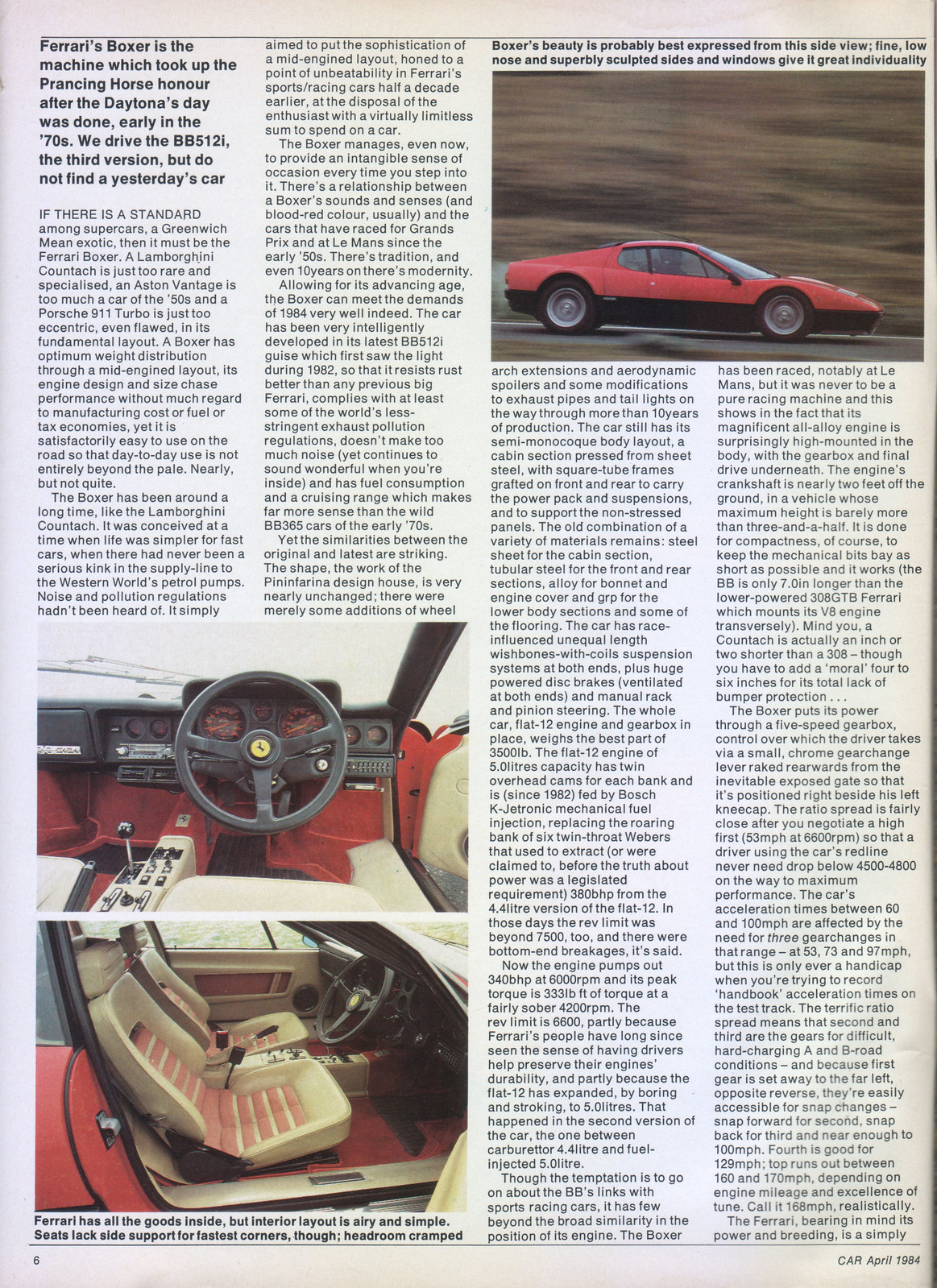 | 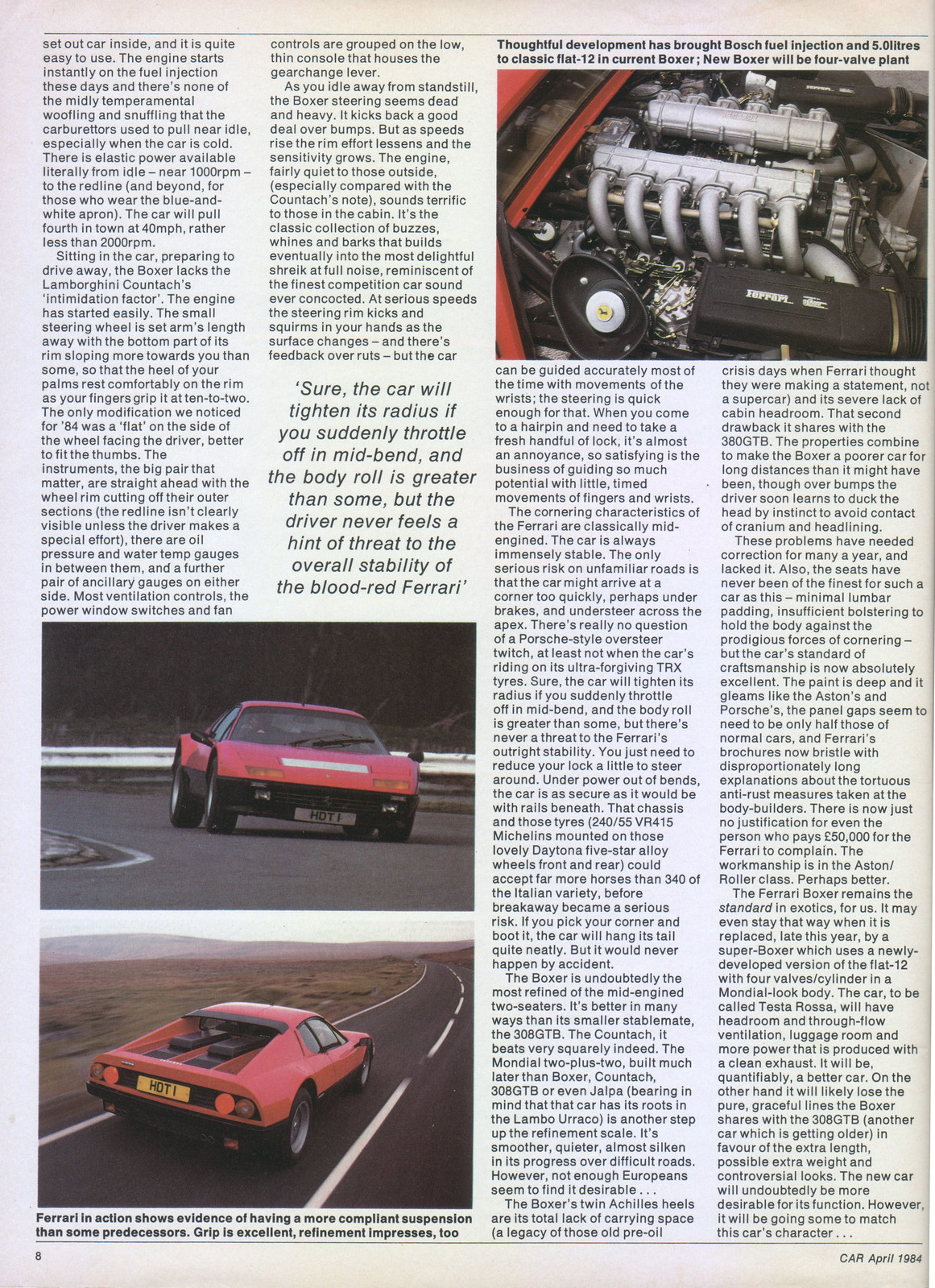 |
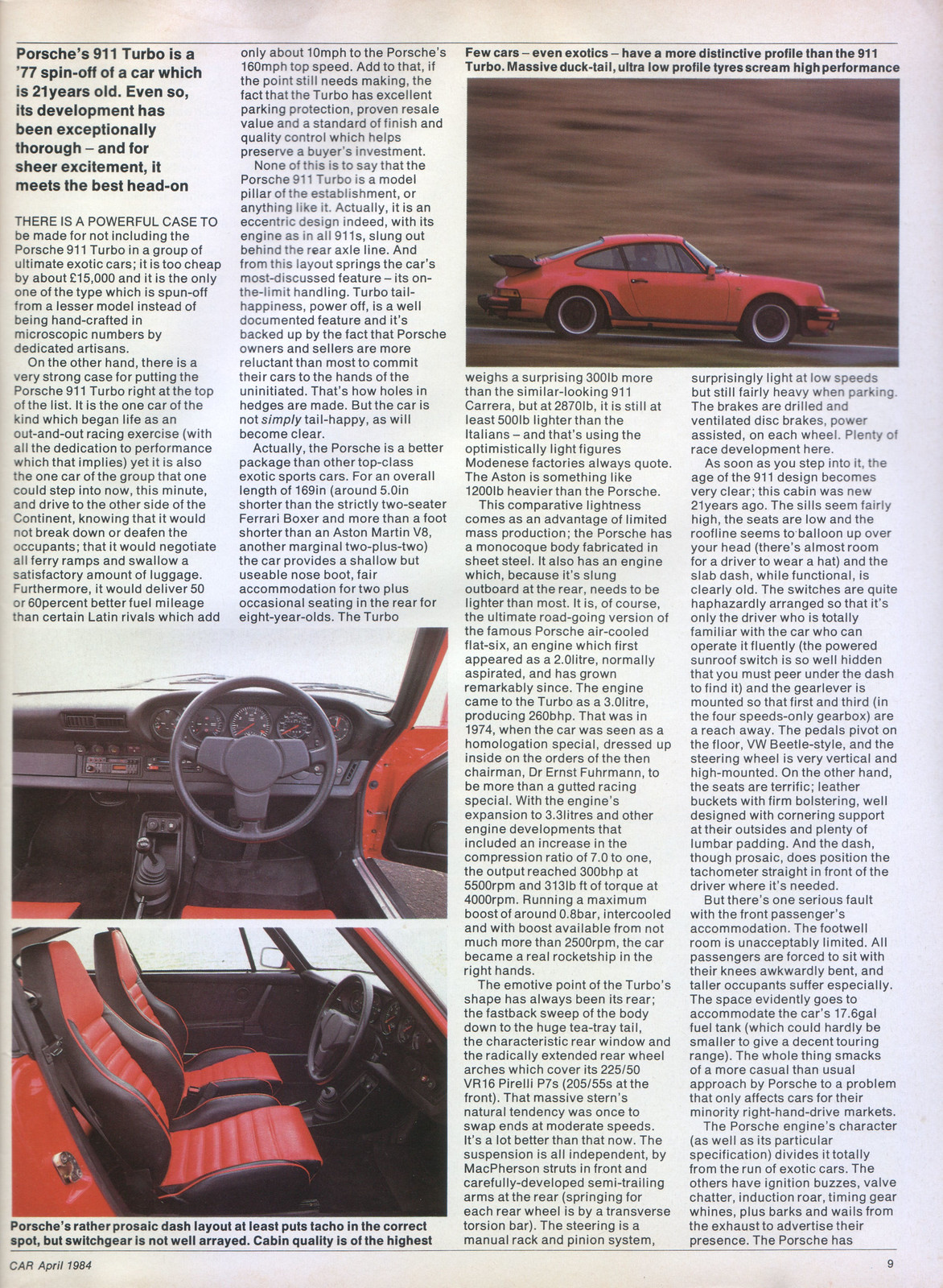 | 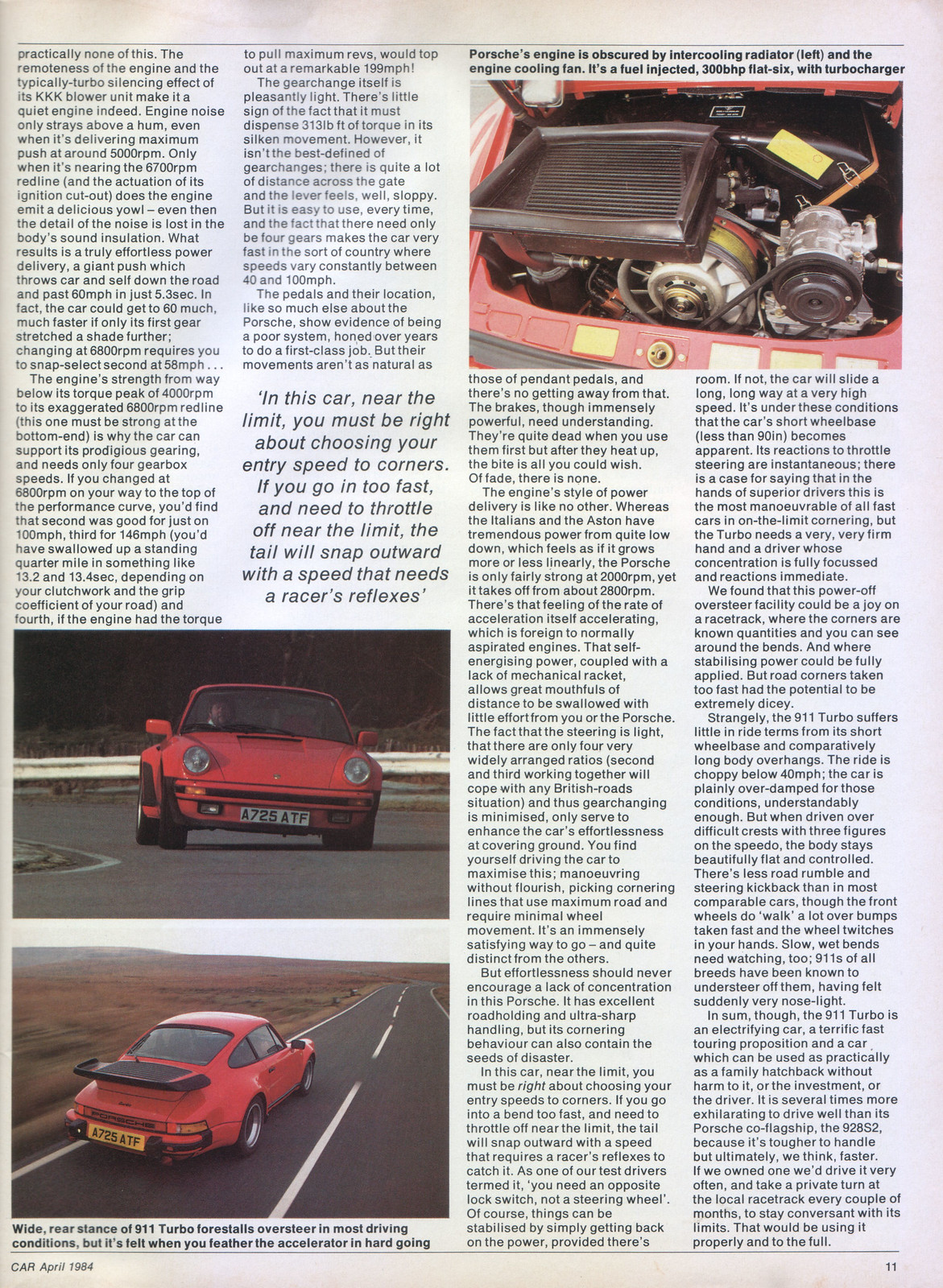 |
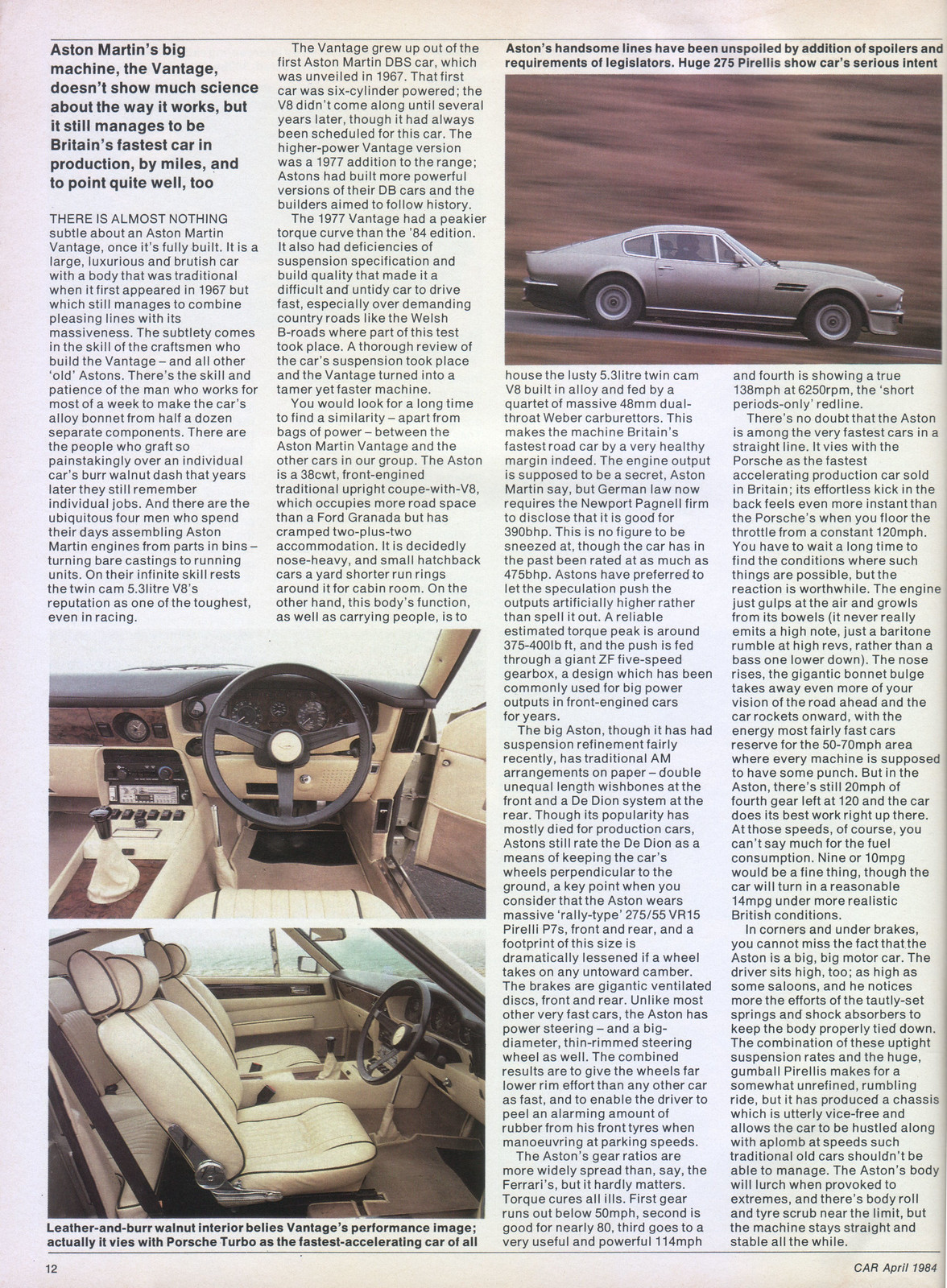 | 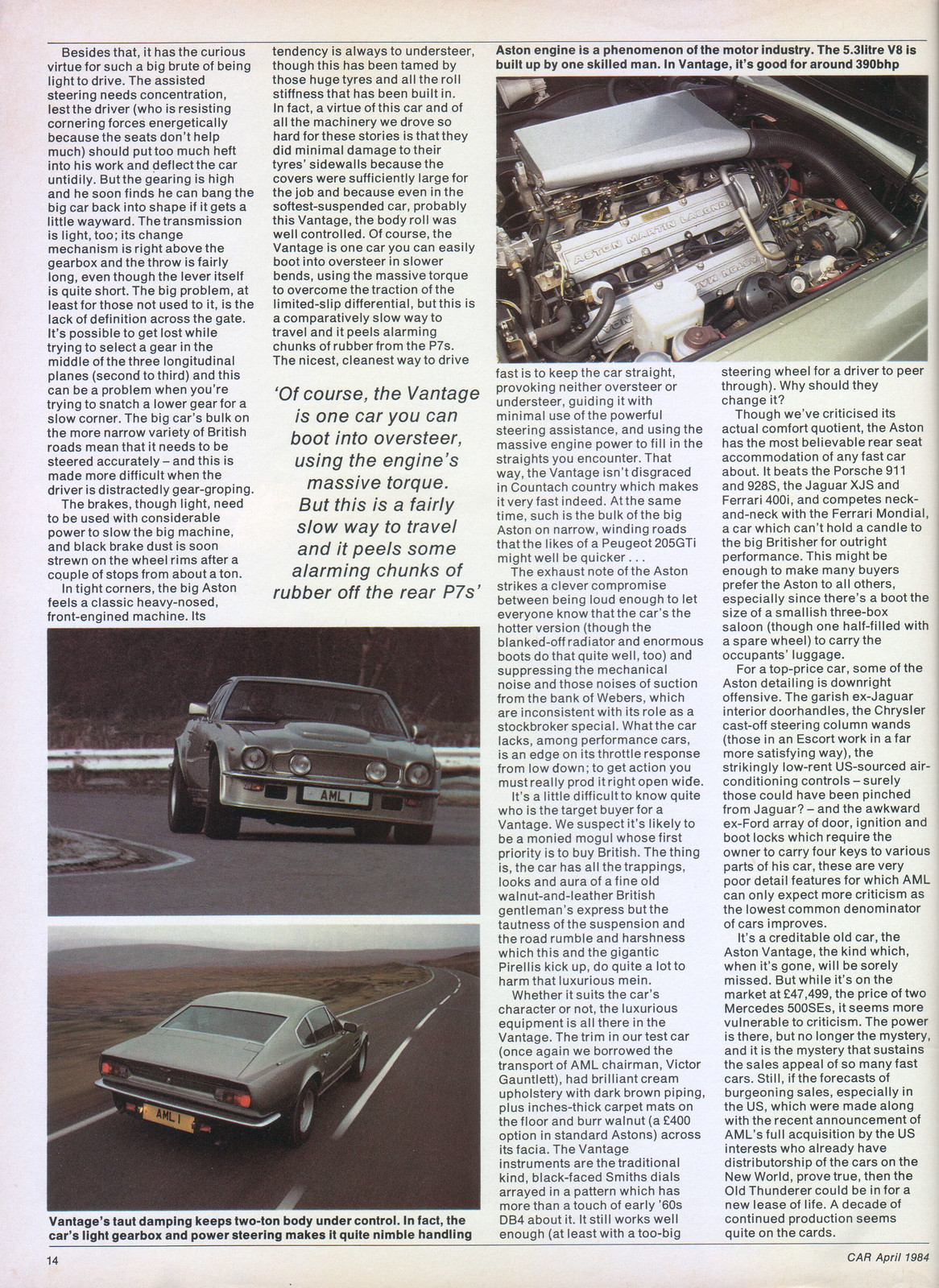 |
 | 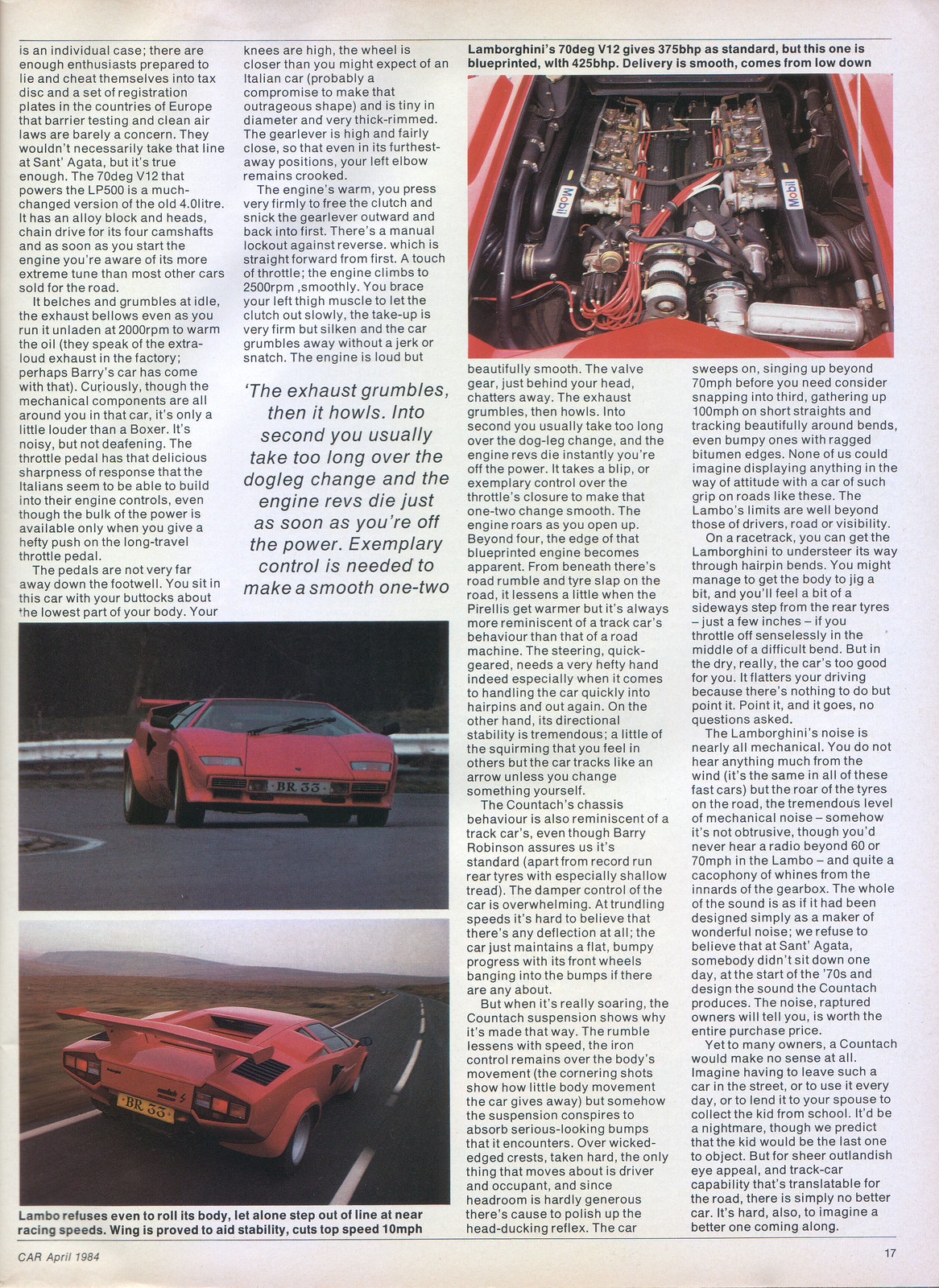 |
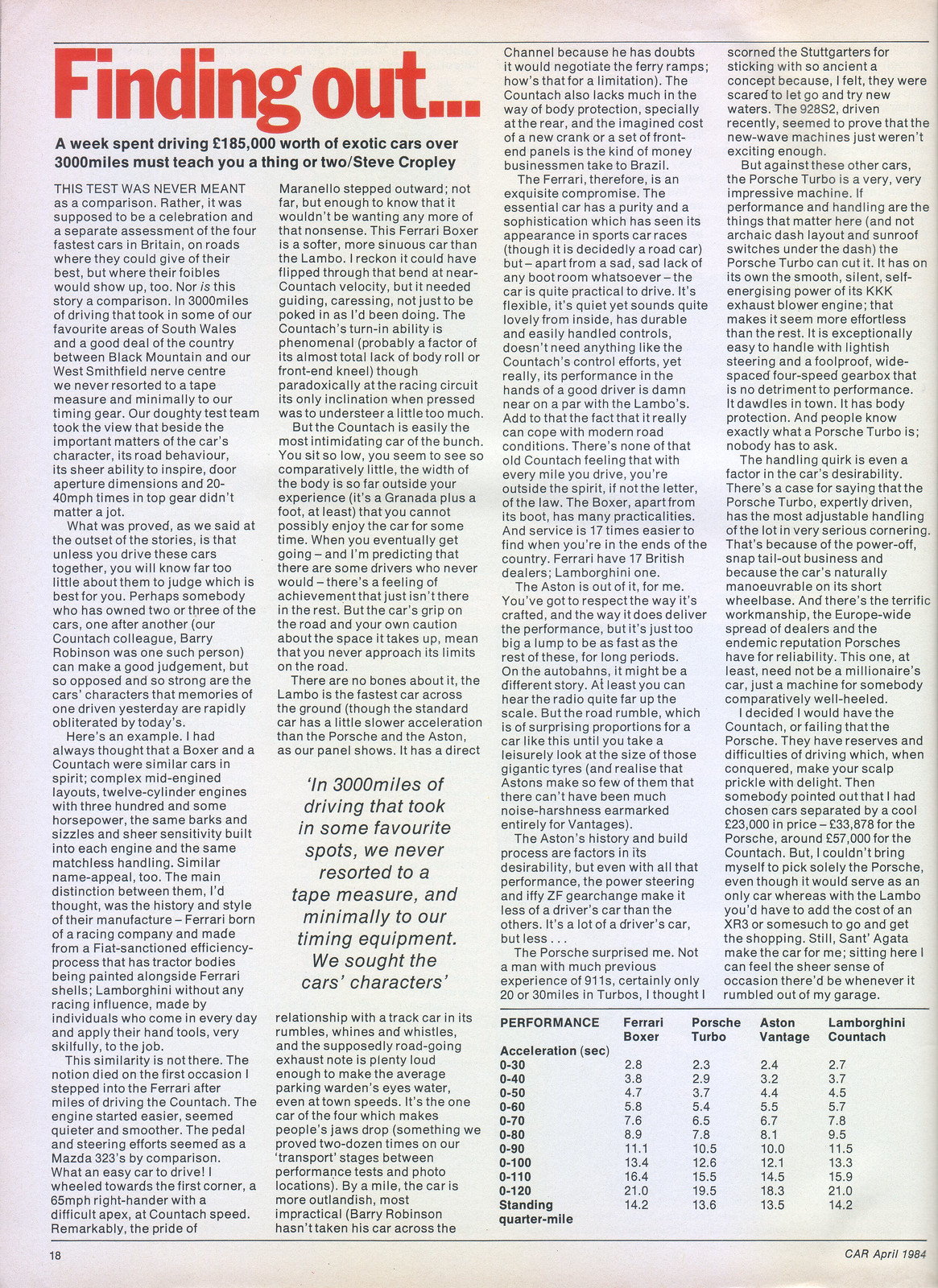 | 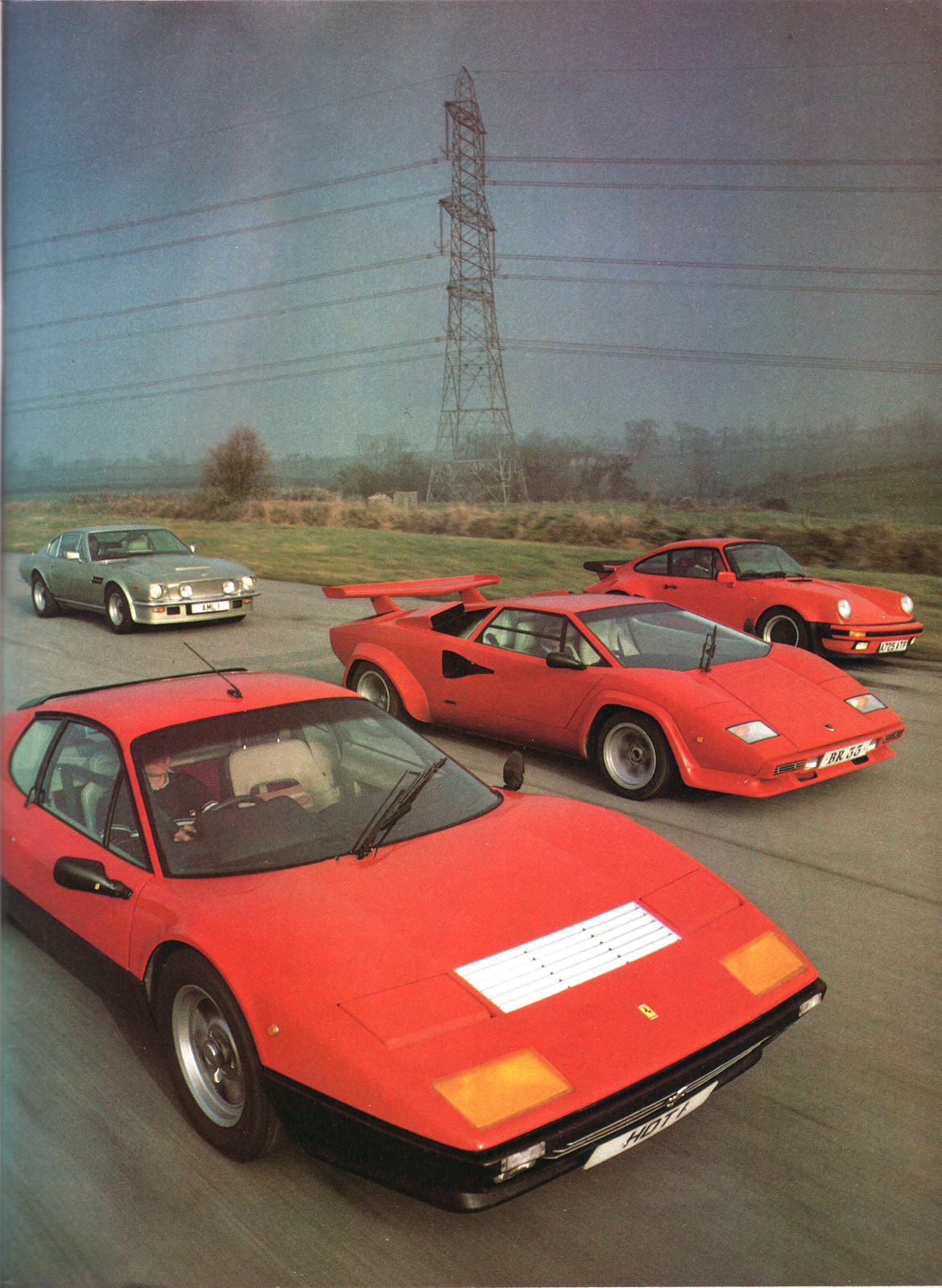 |
Subscribe to:
Posts (Atom)

